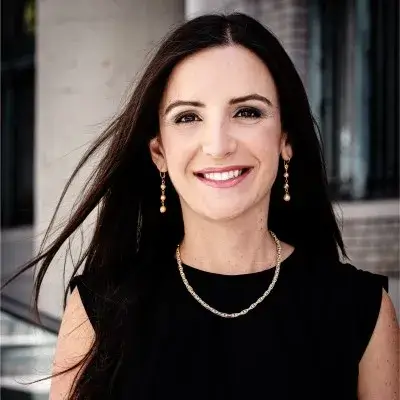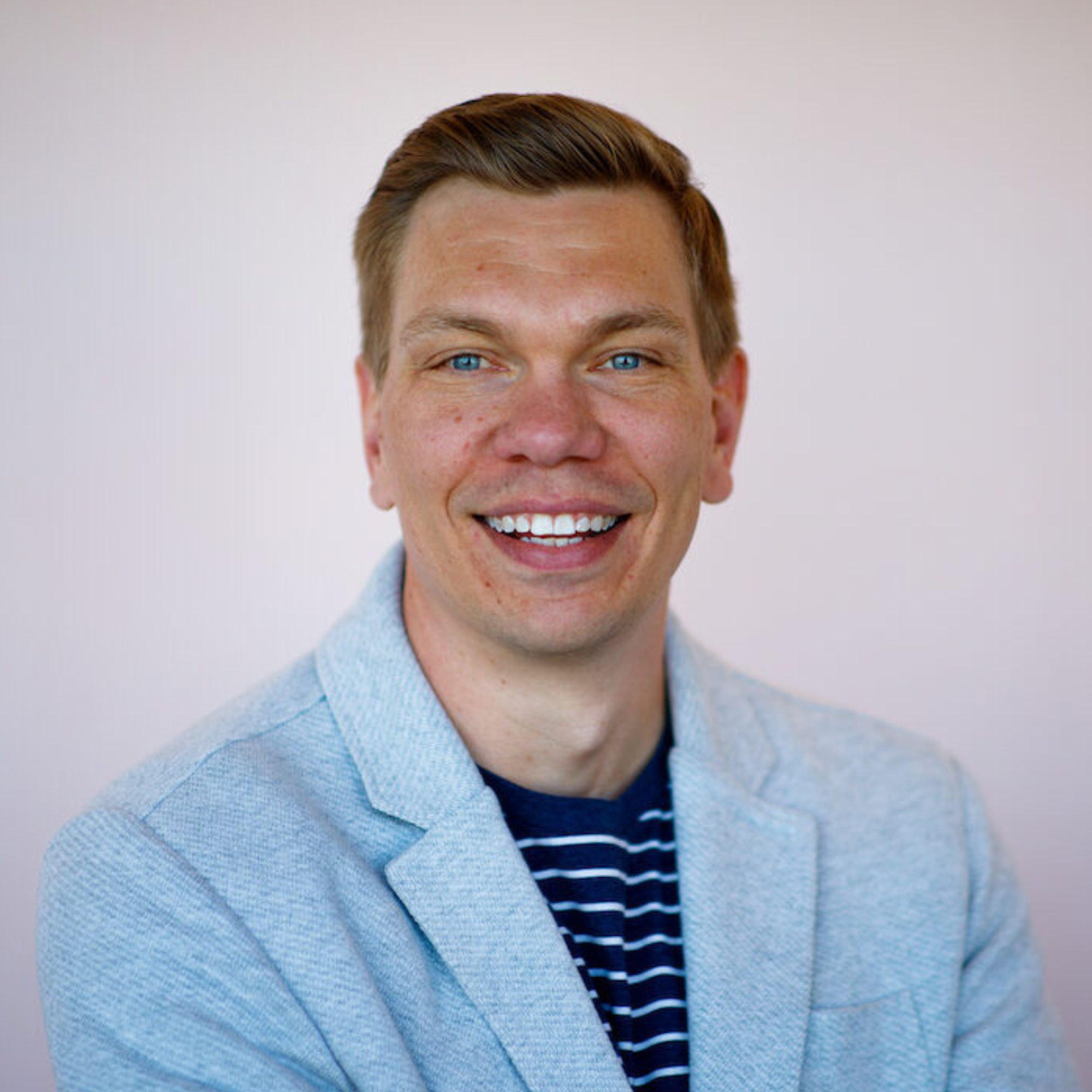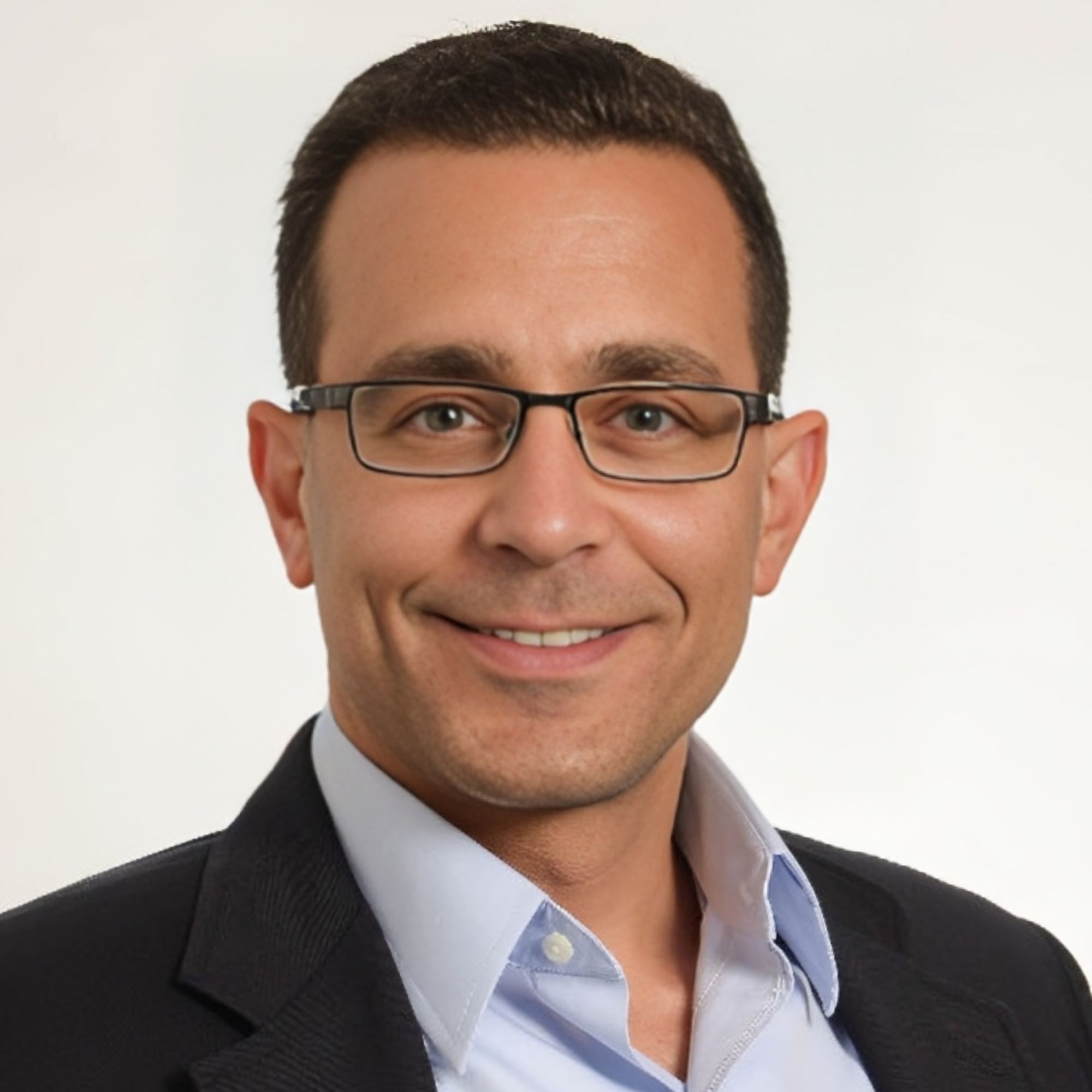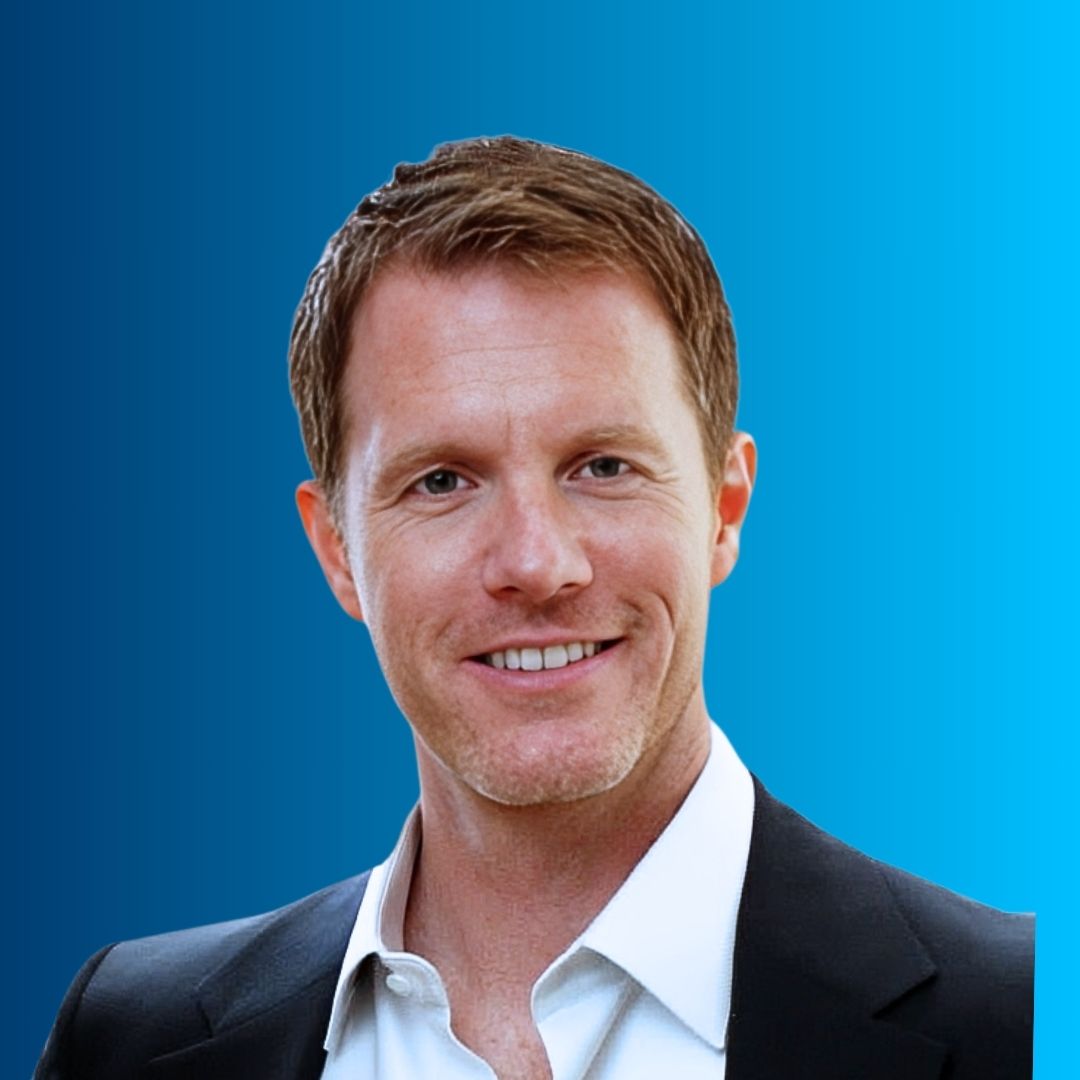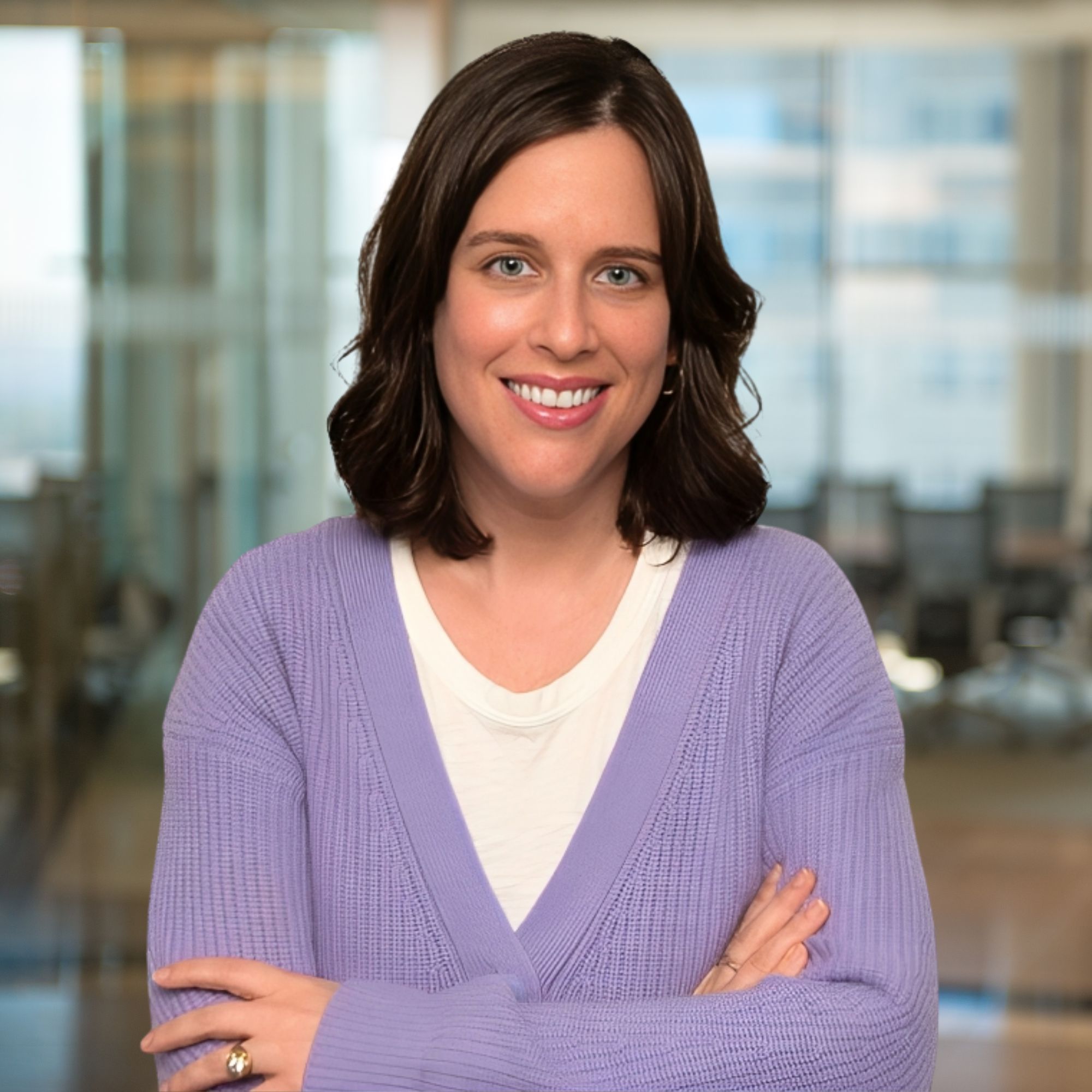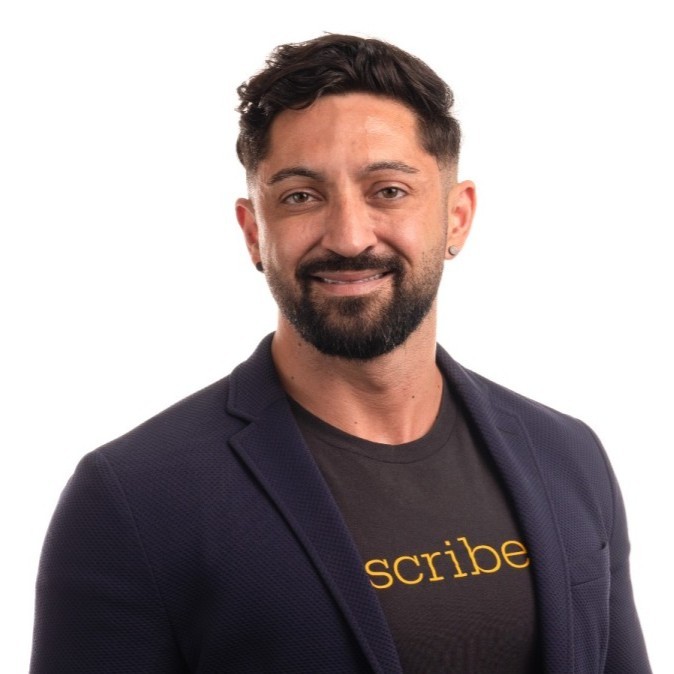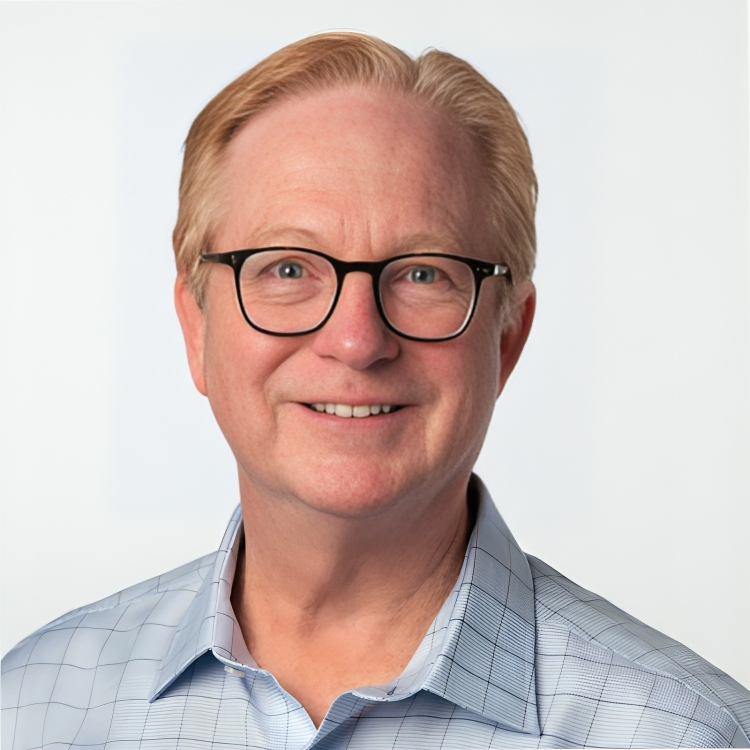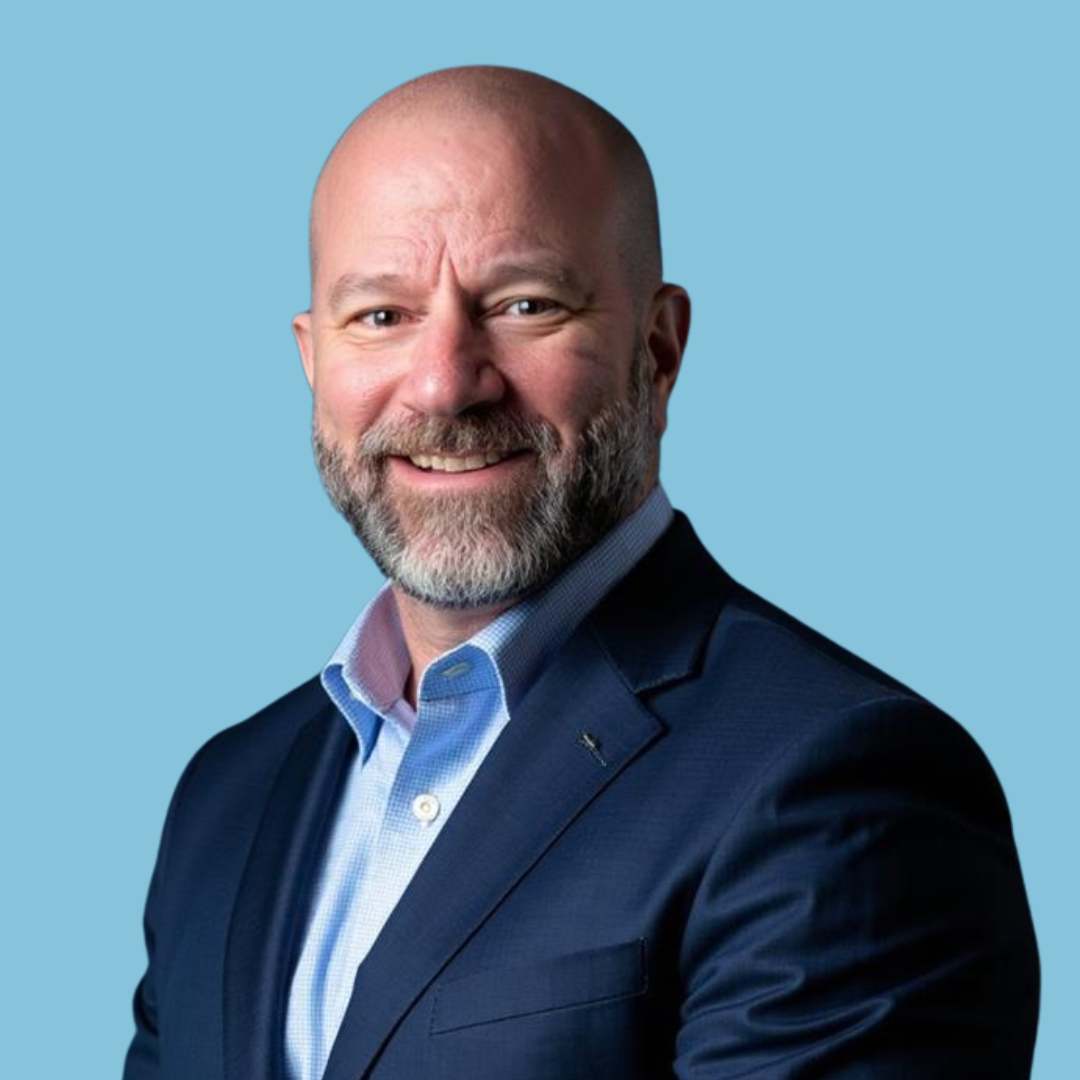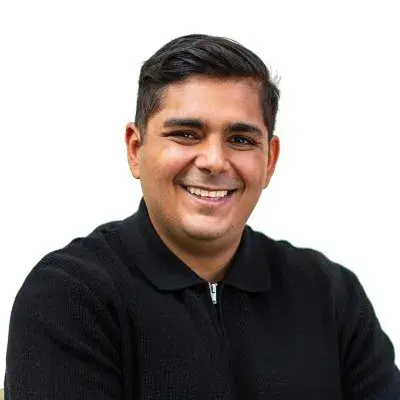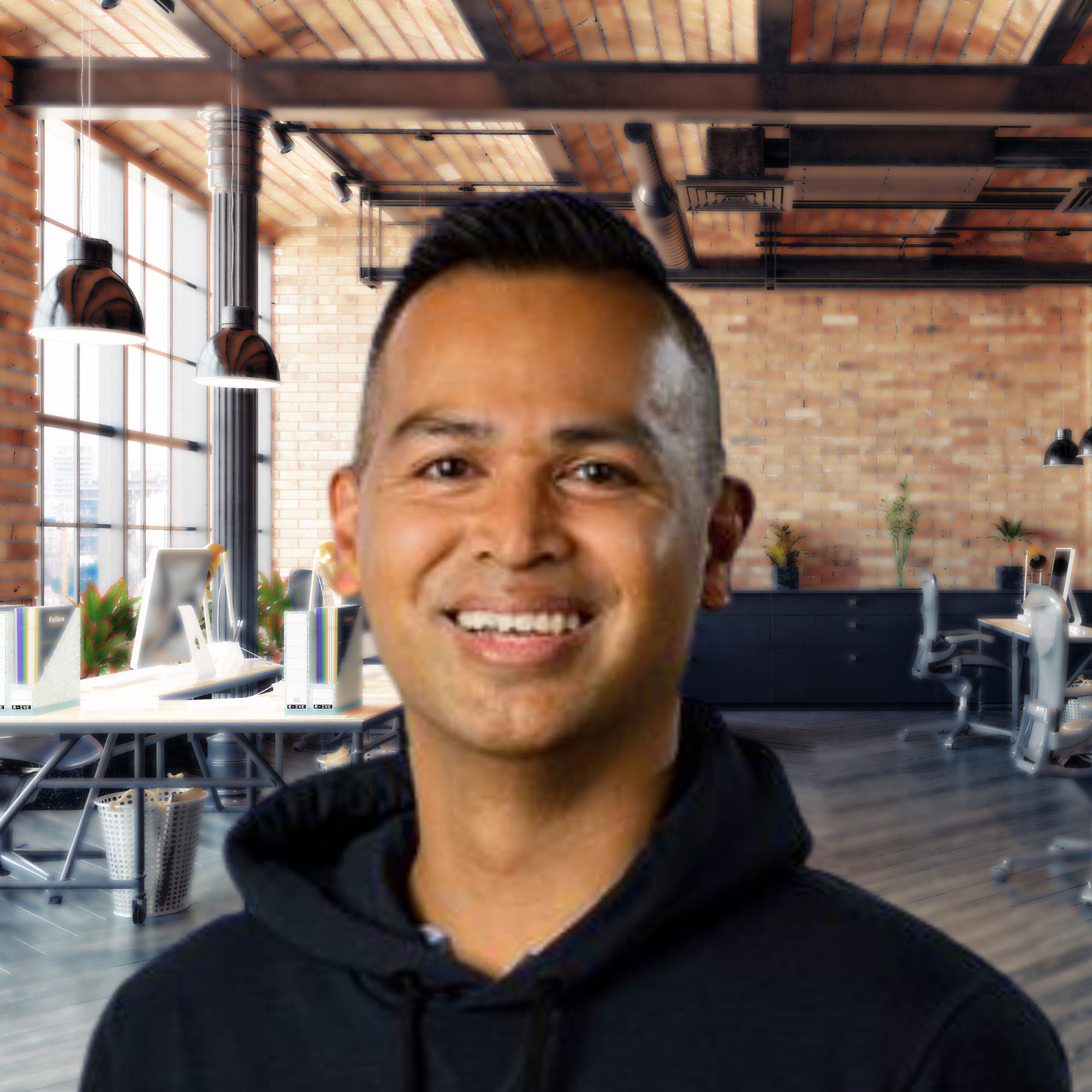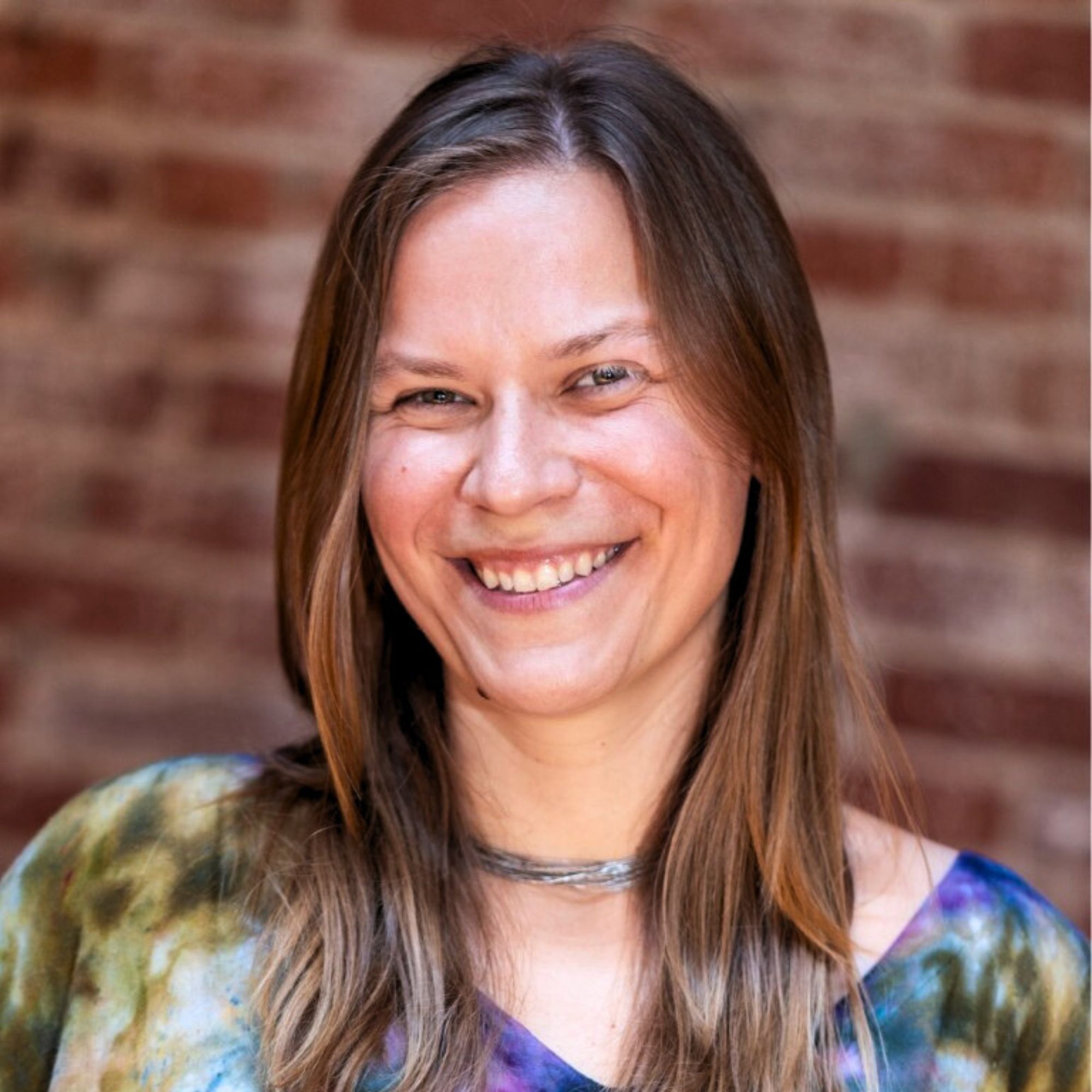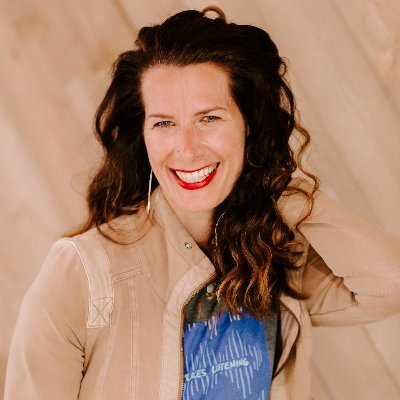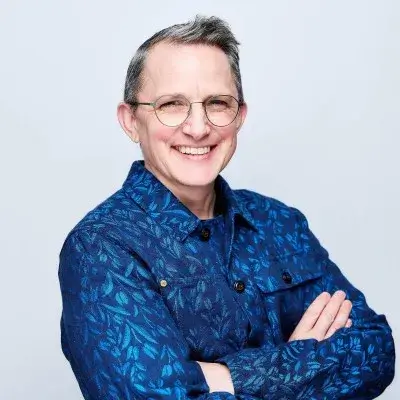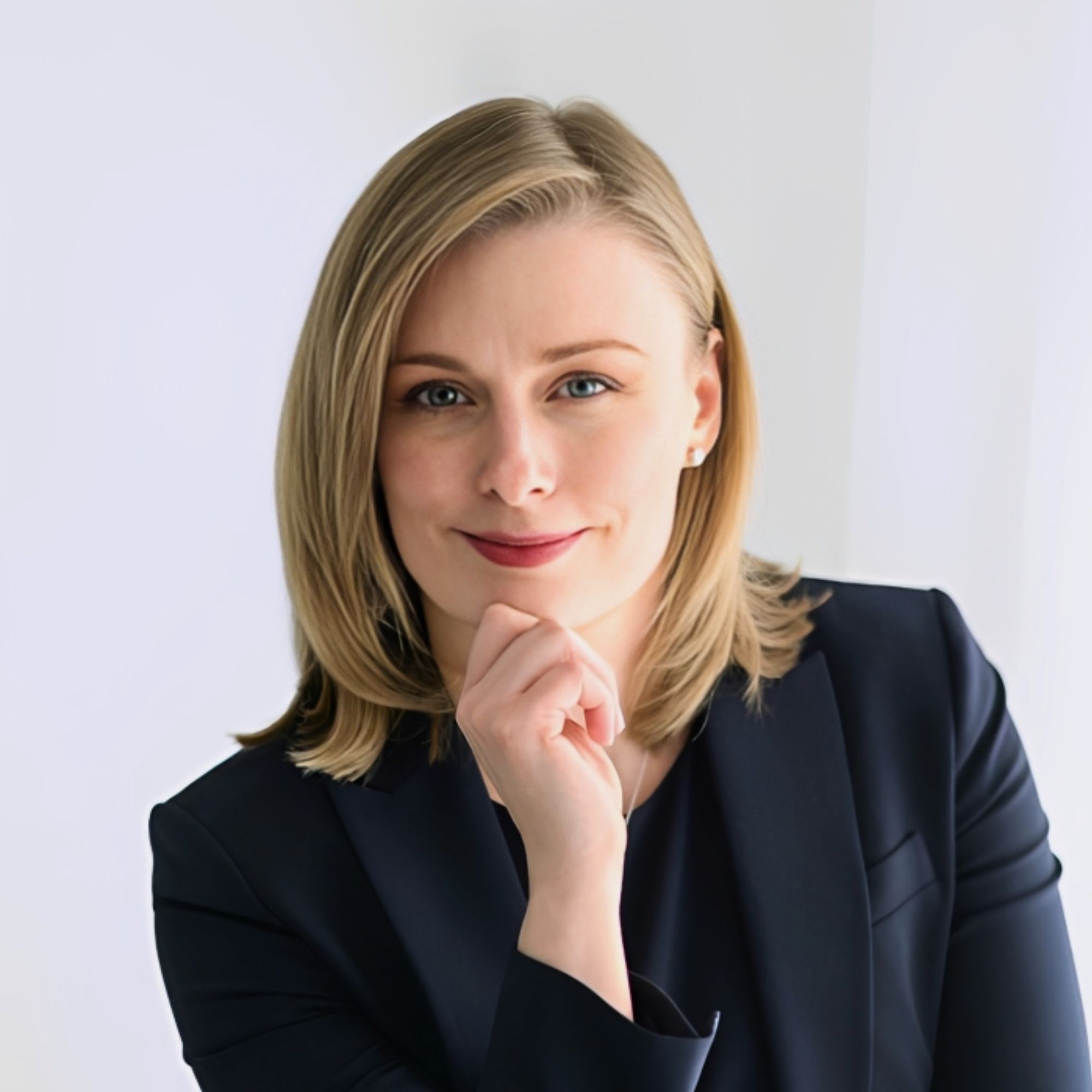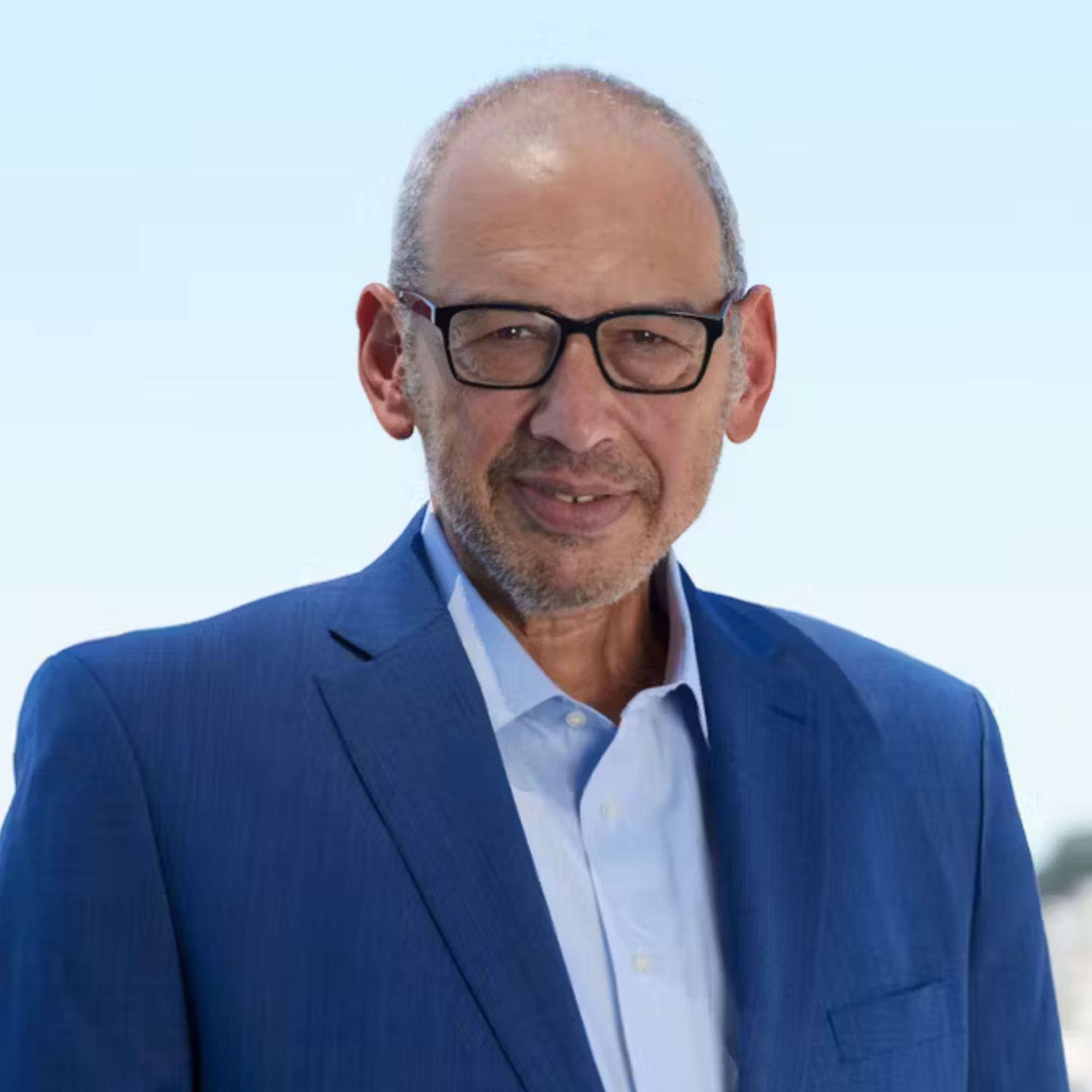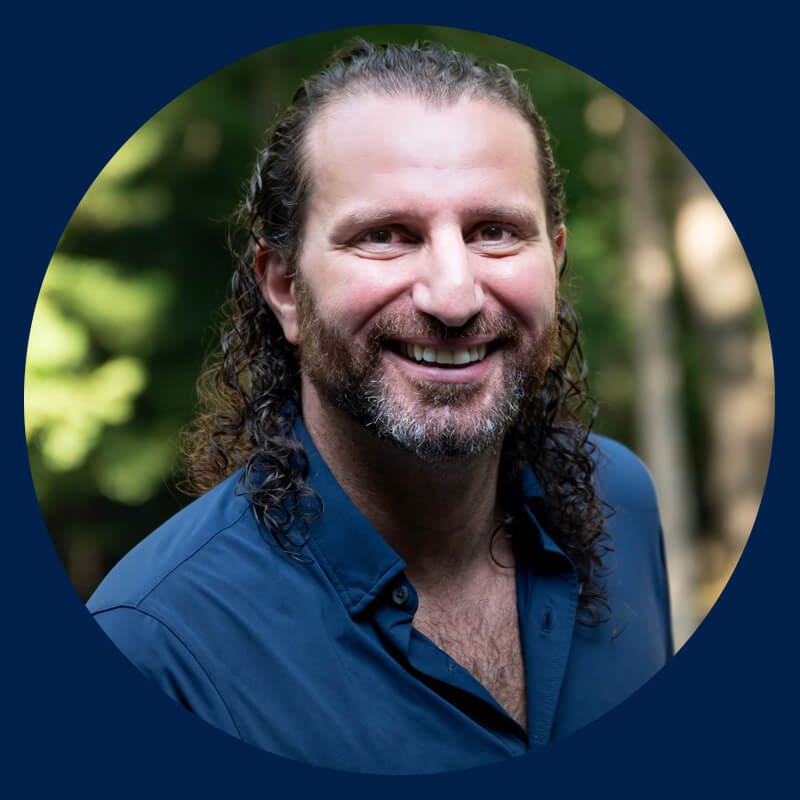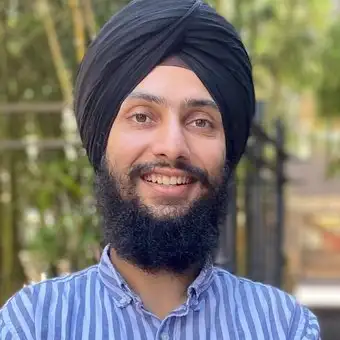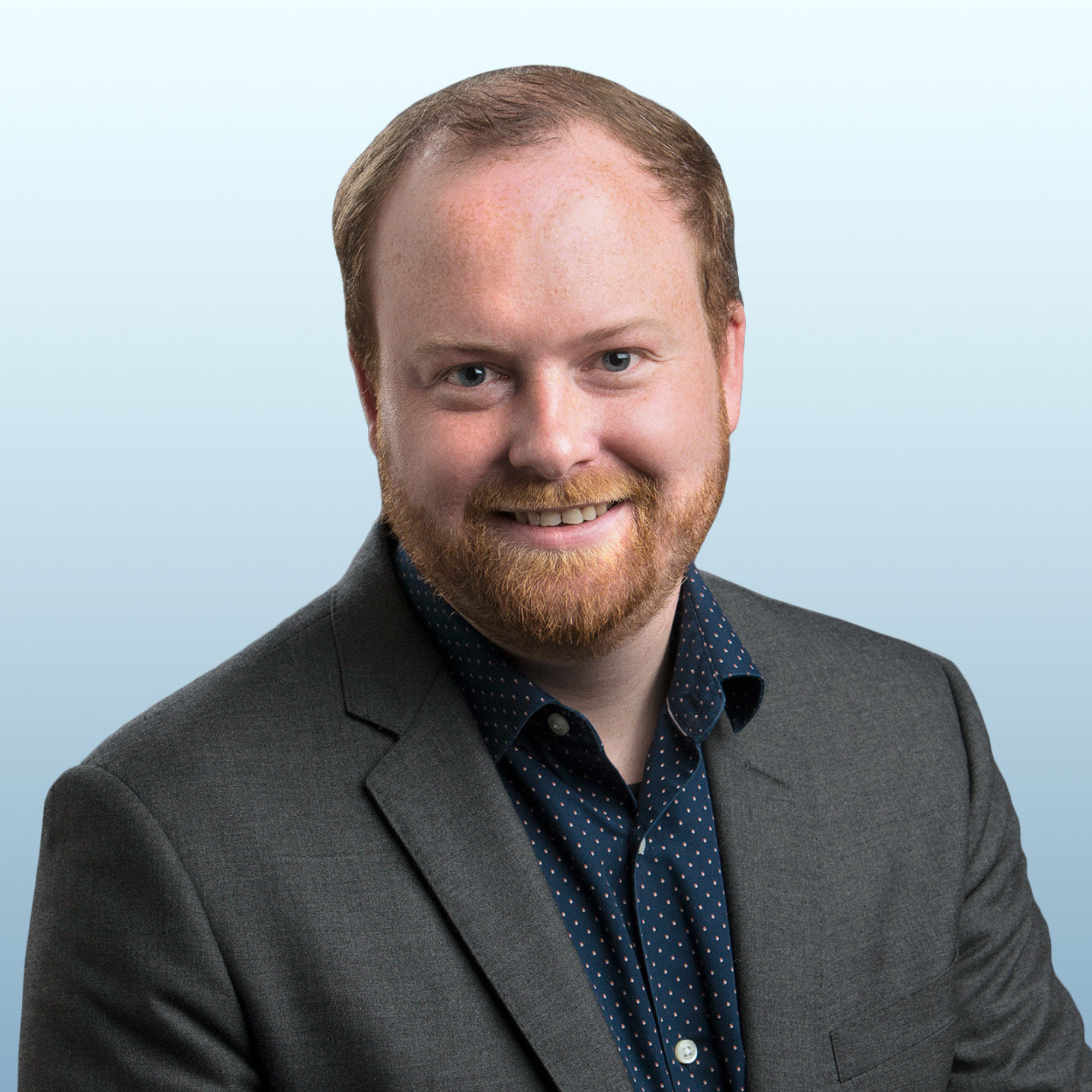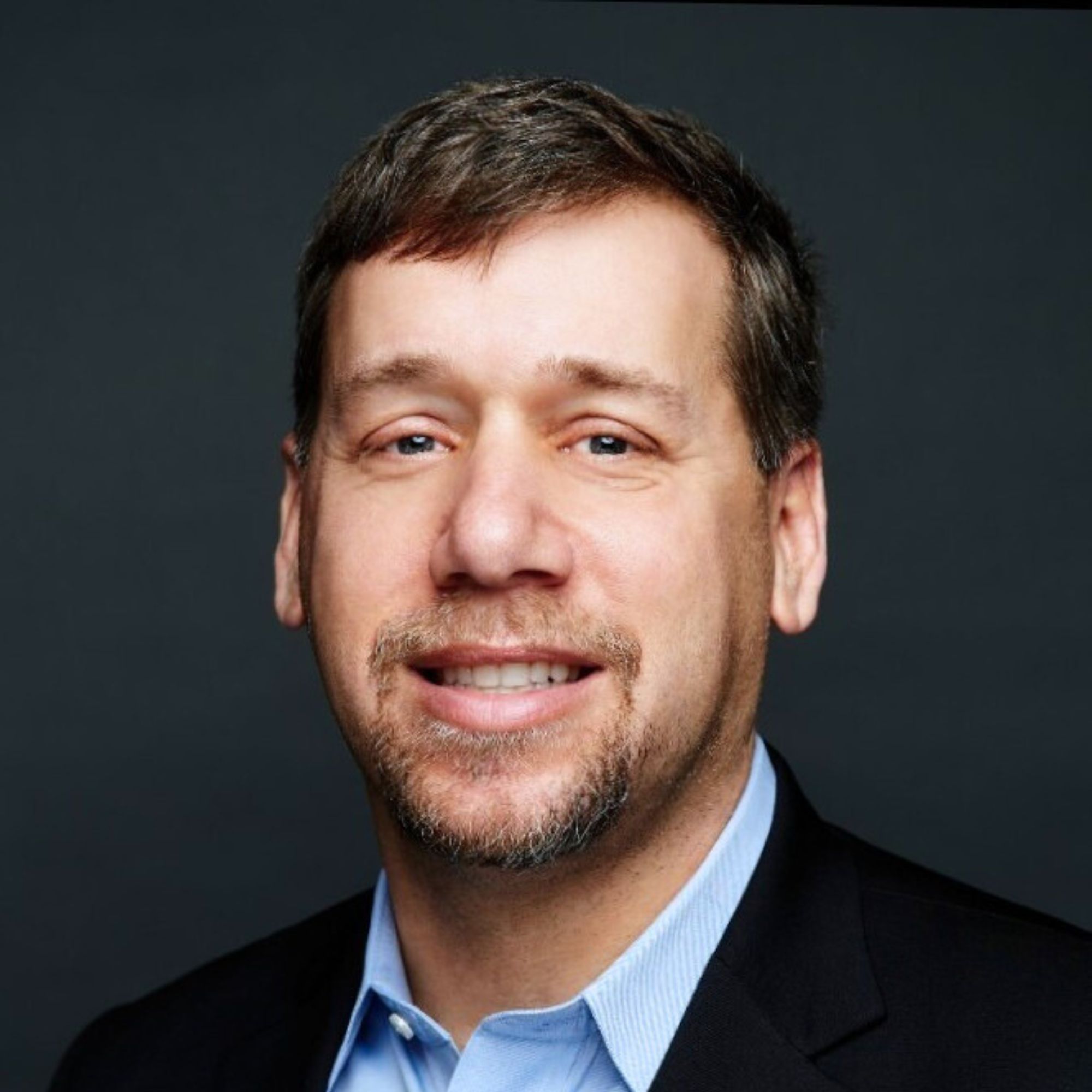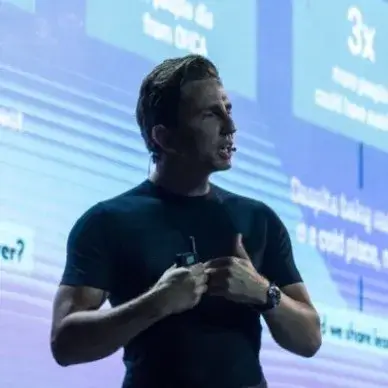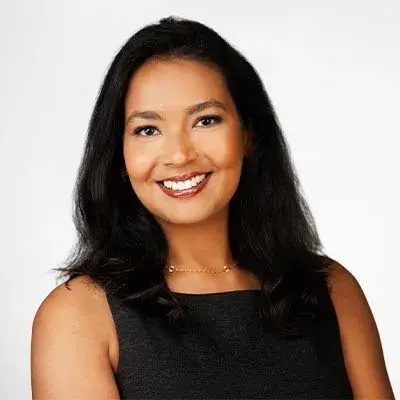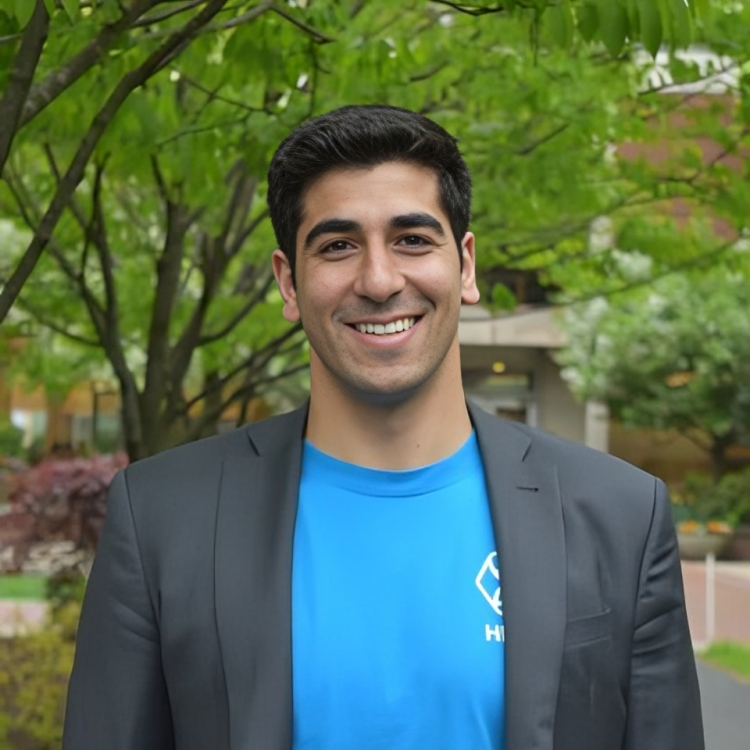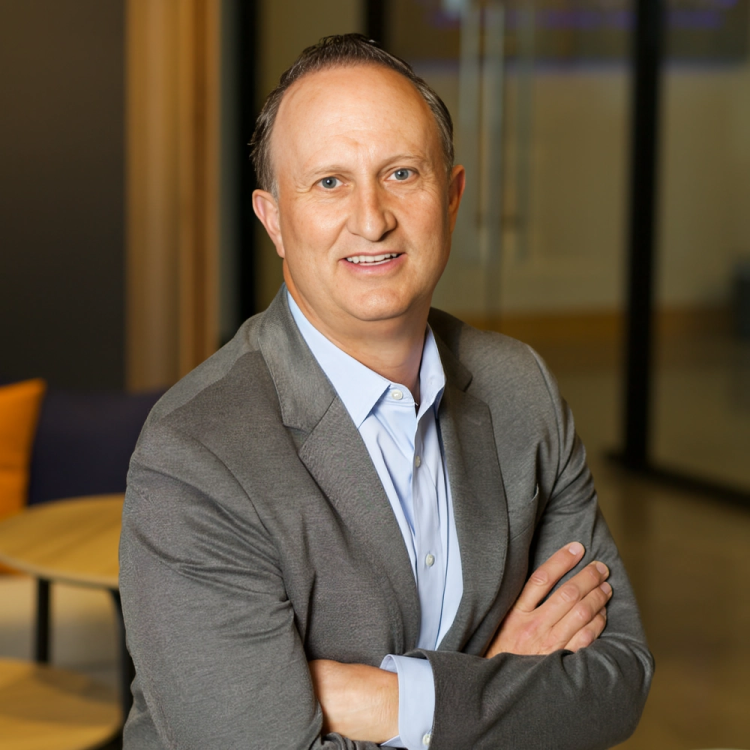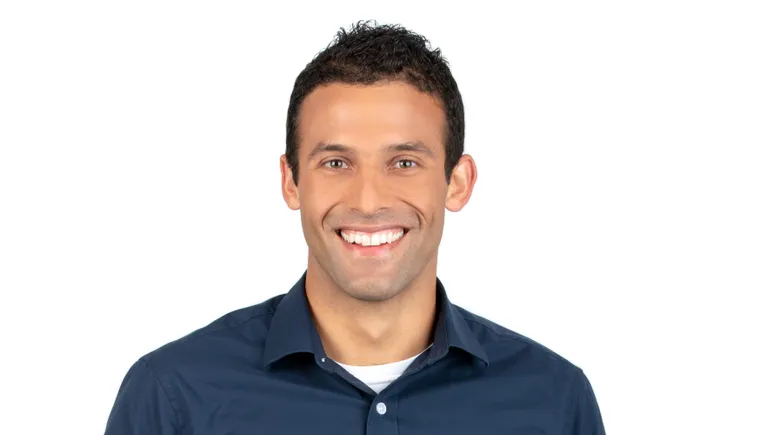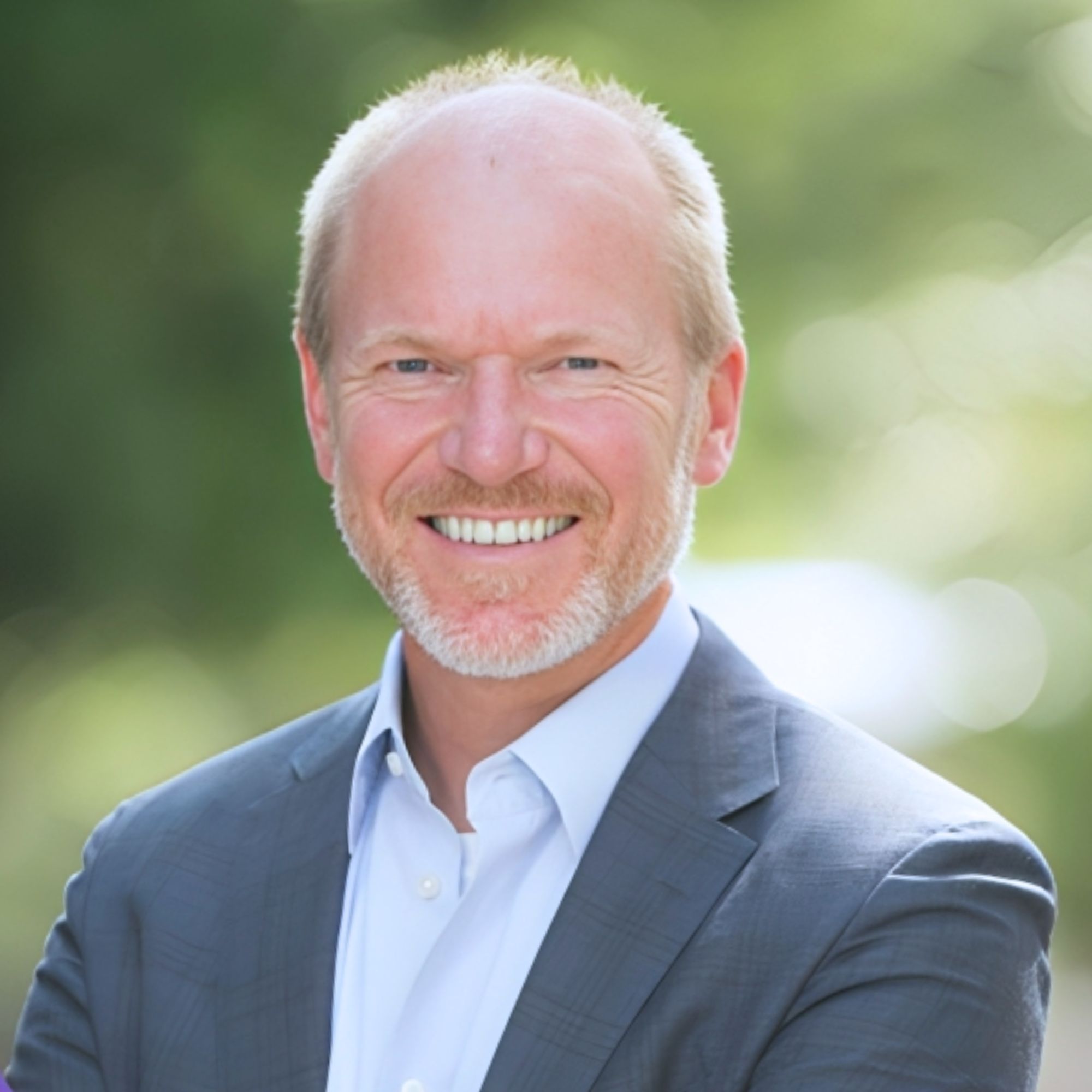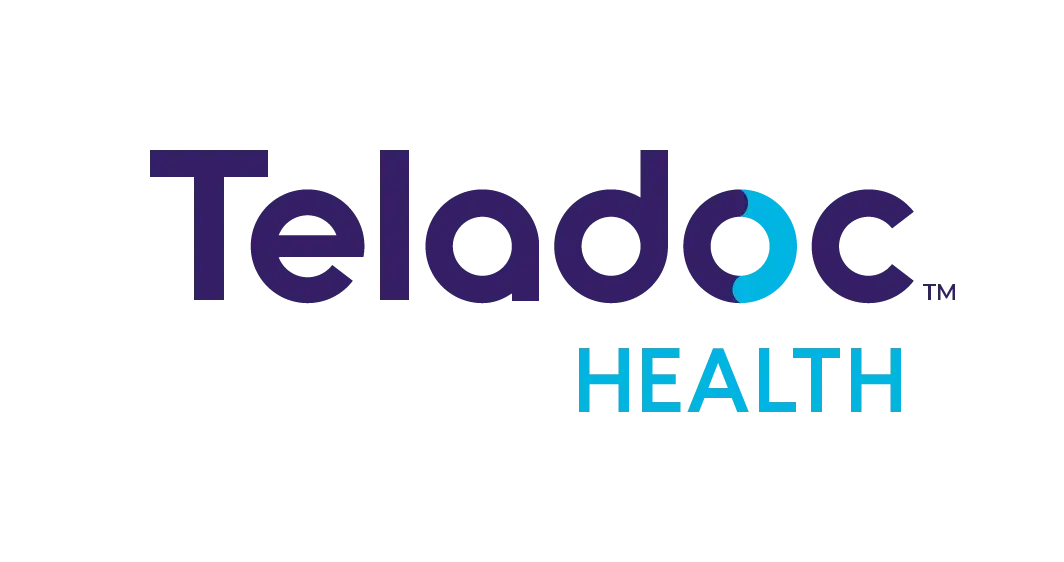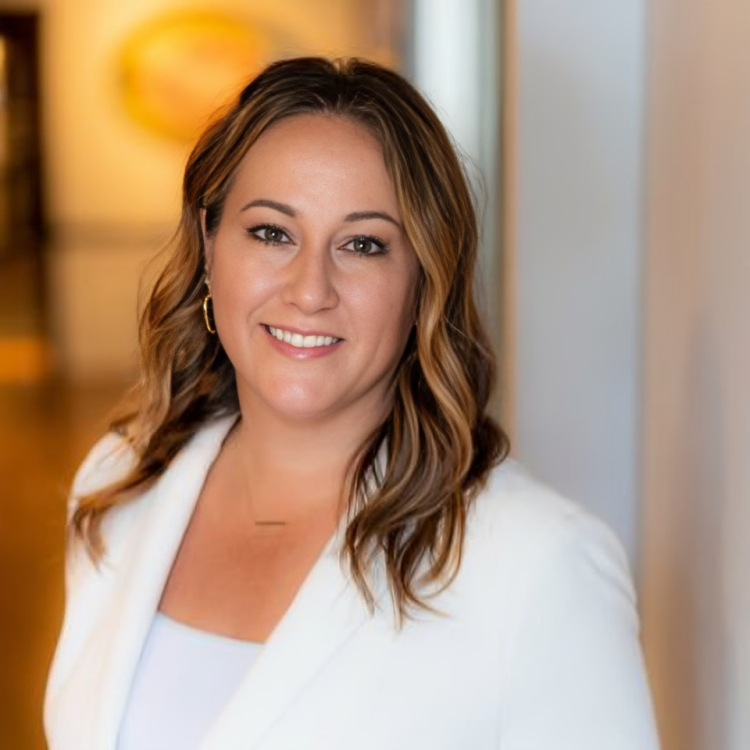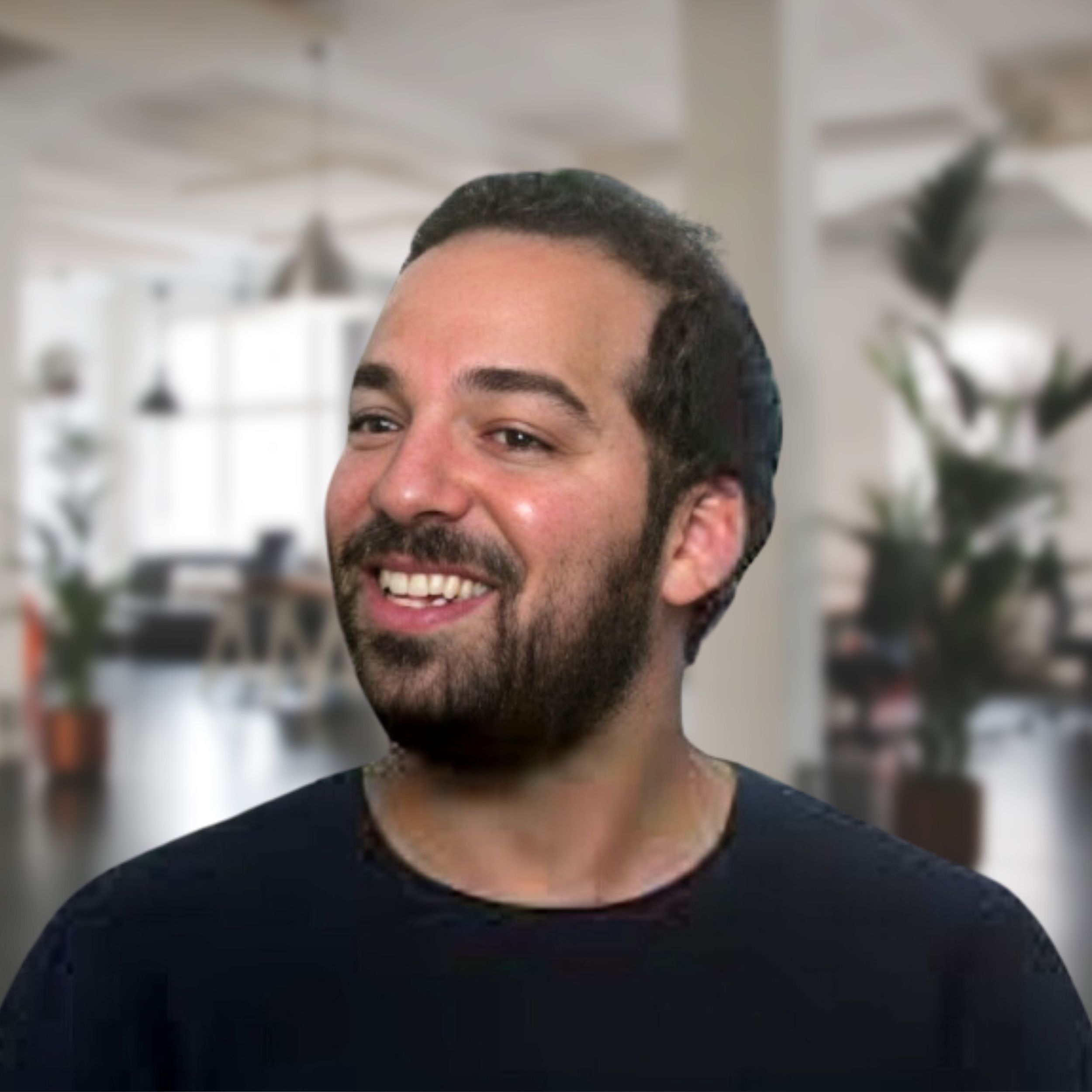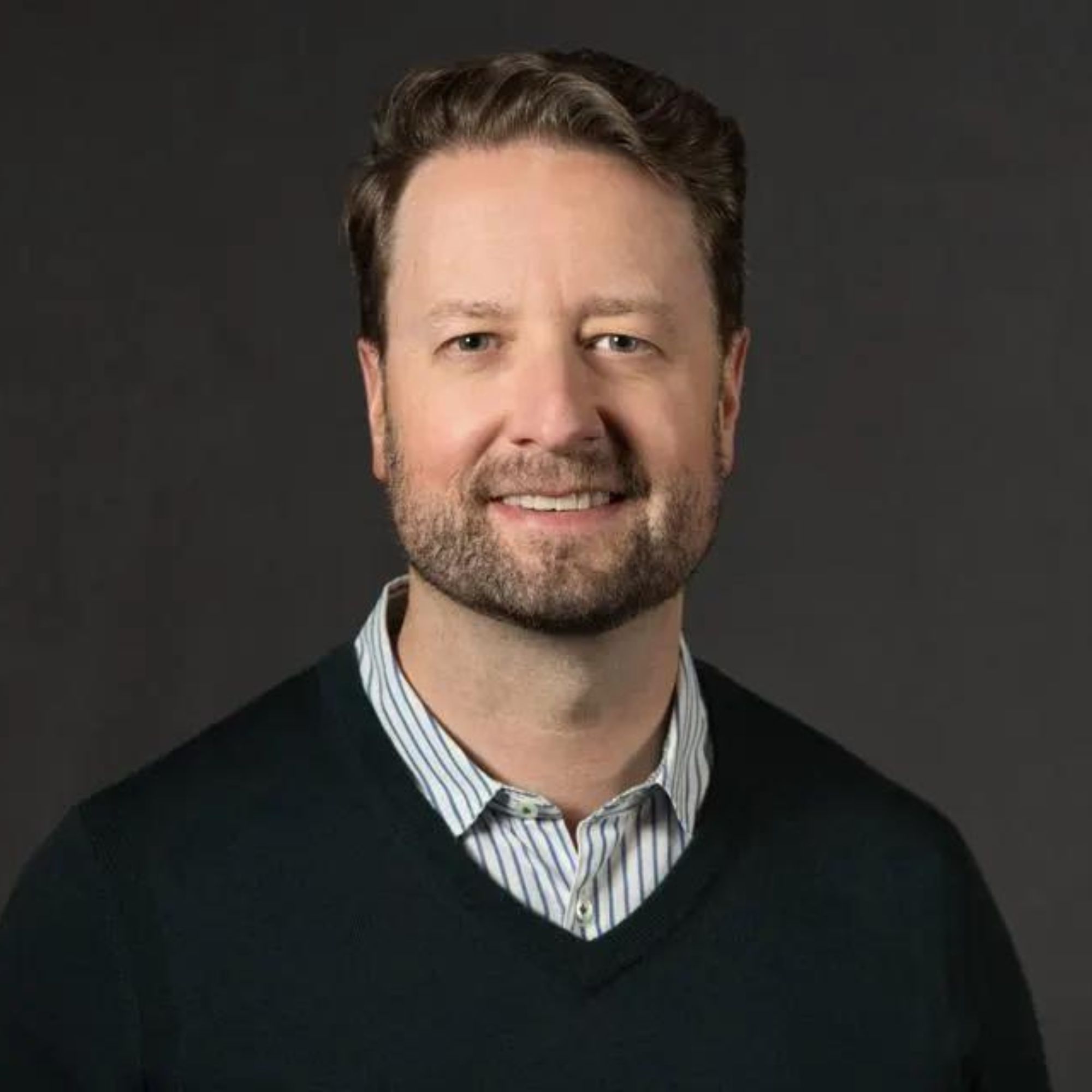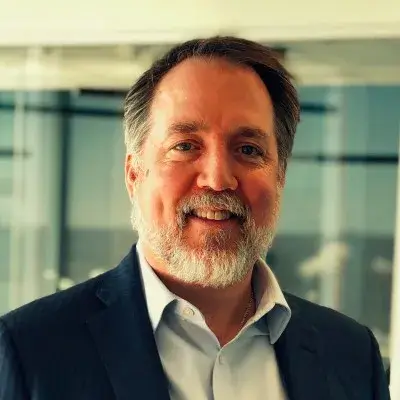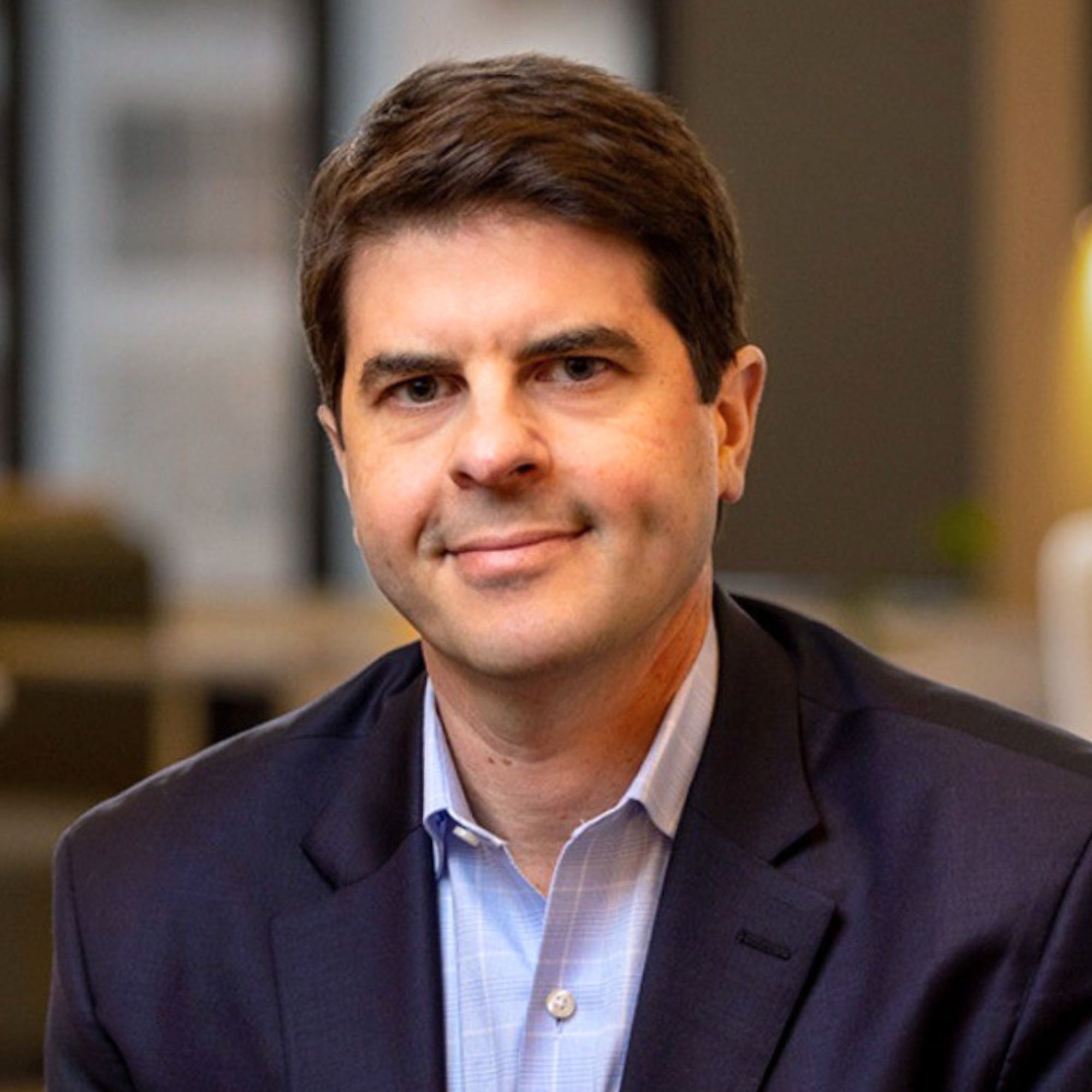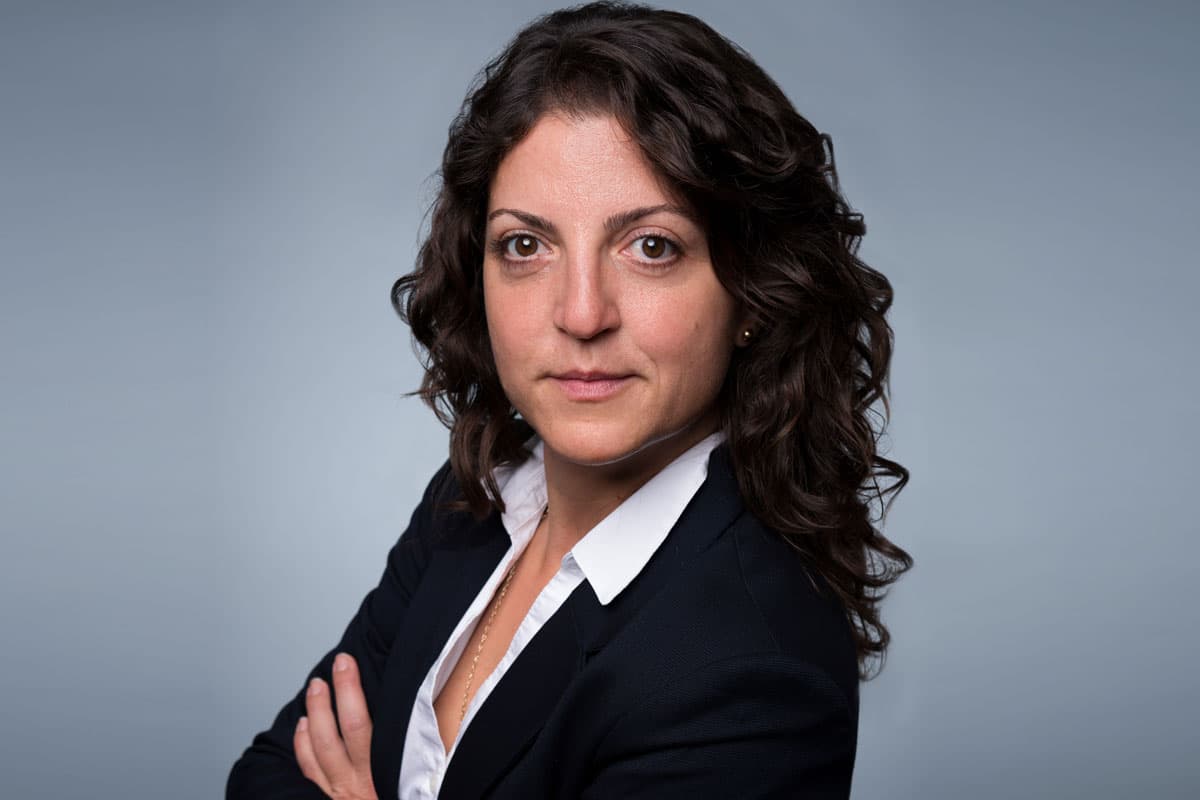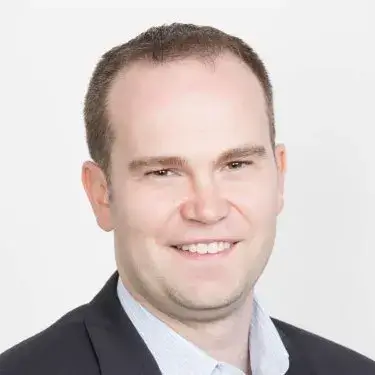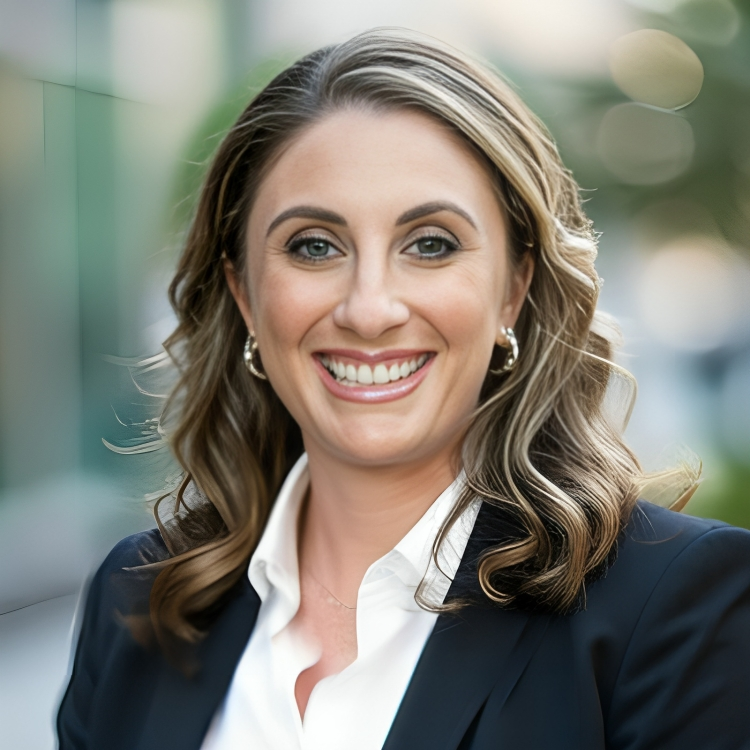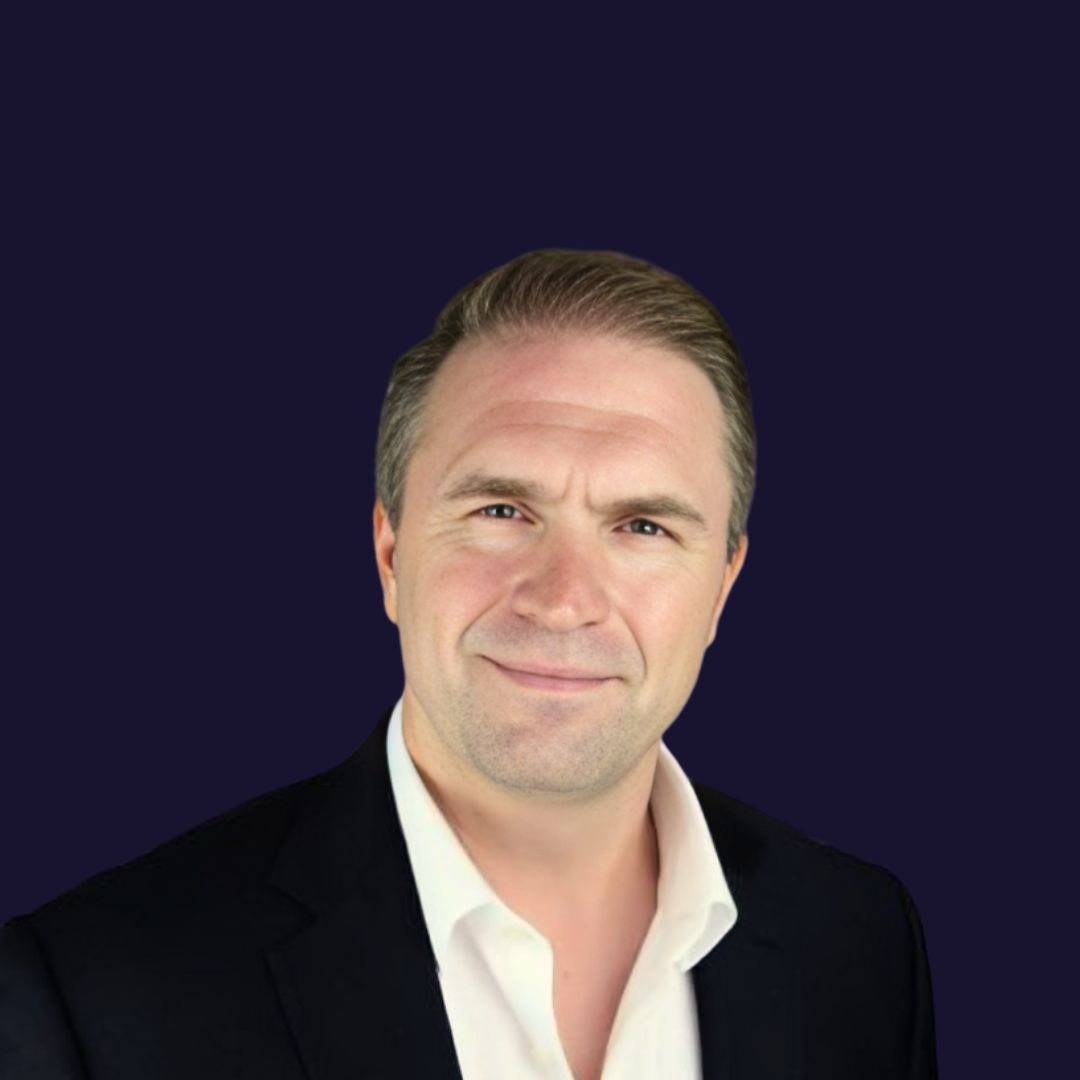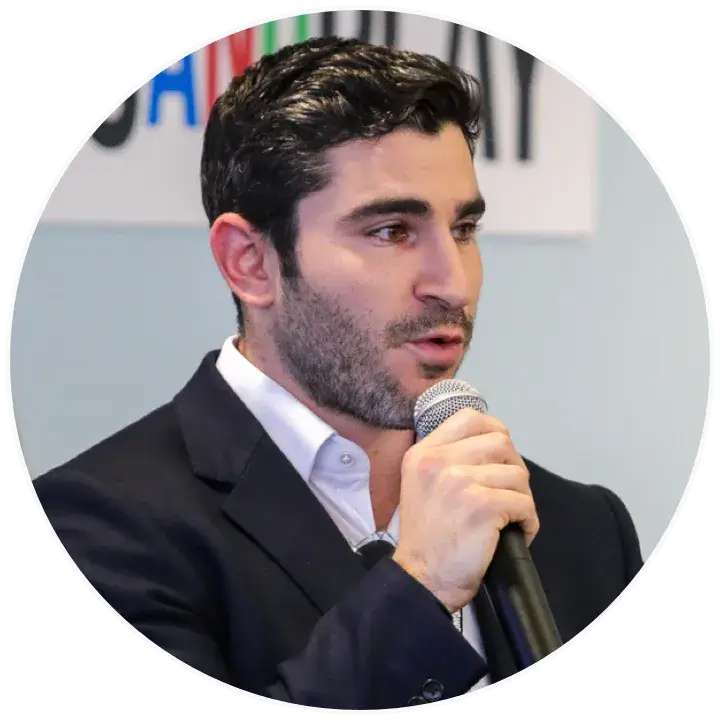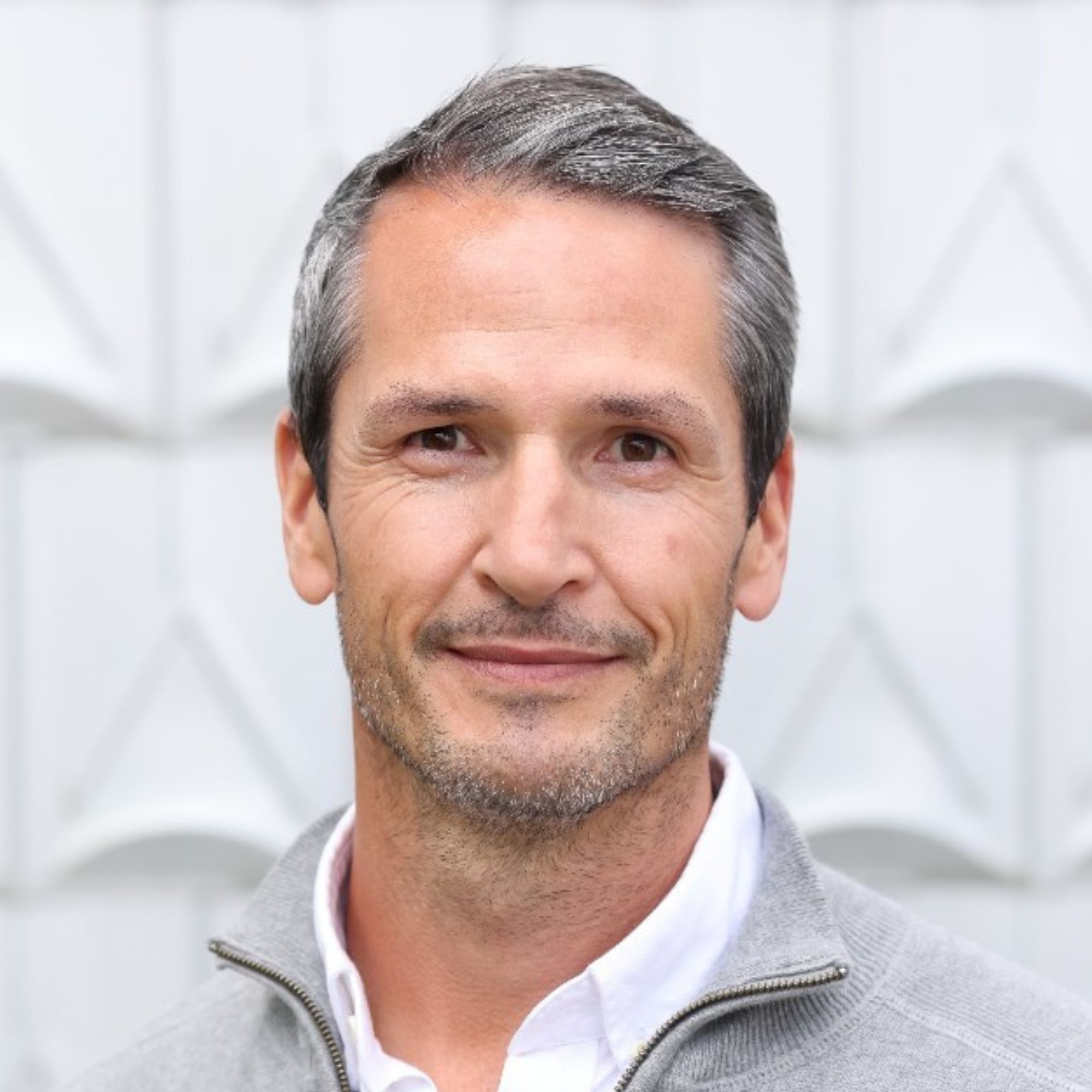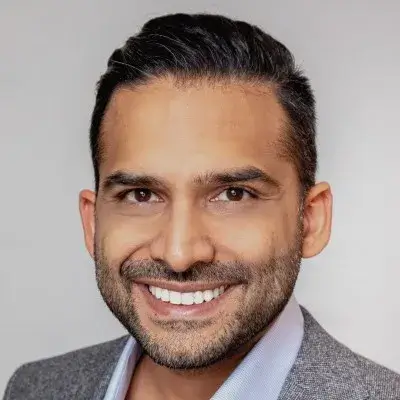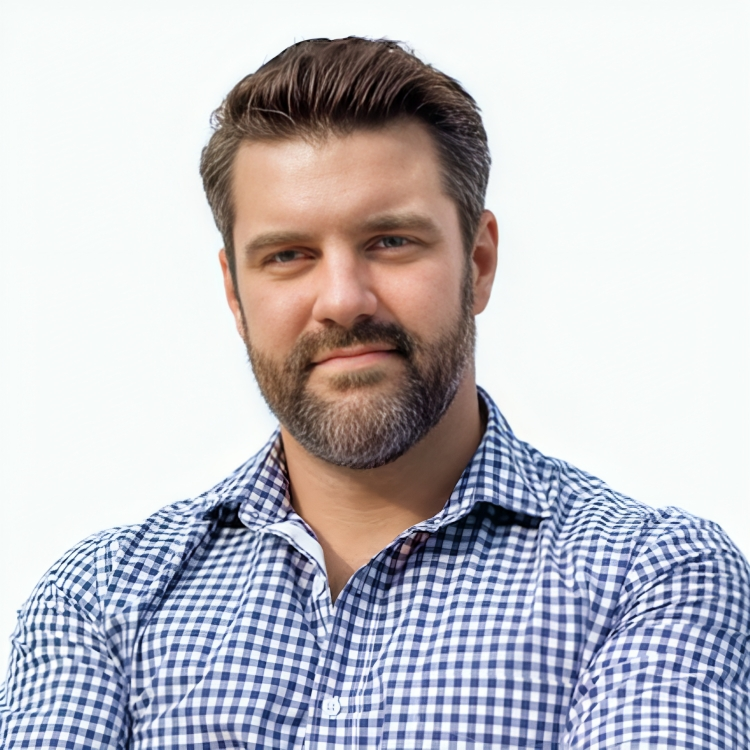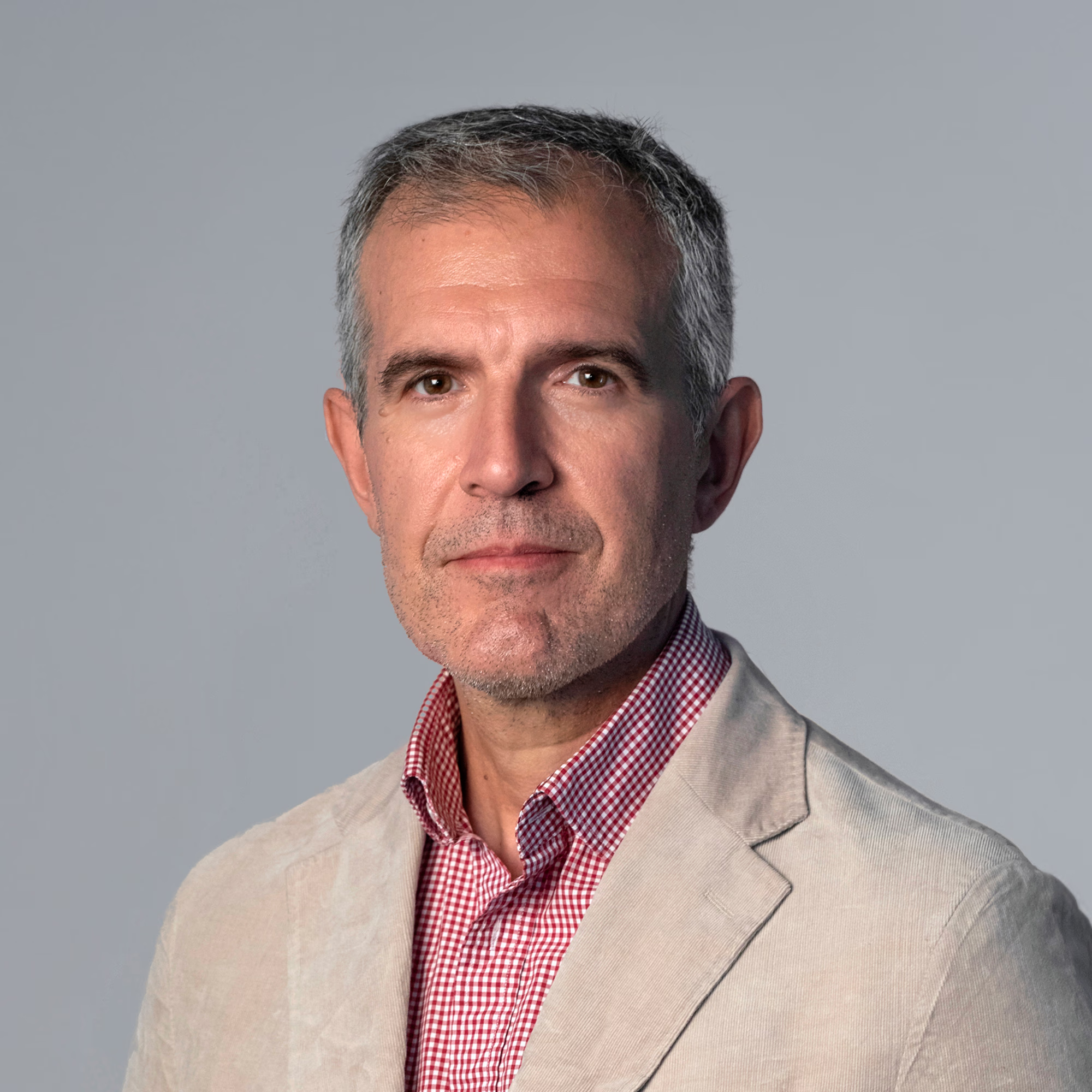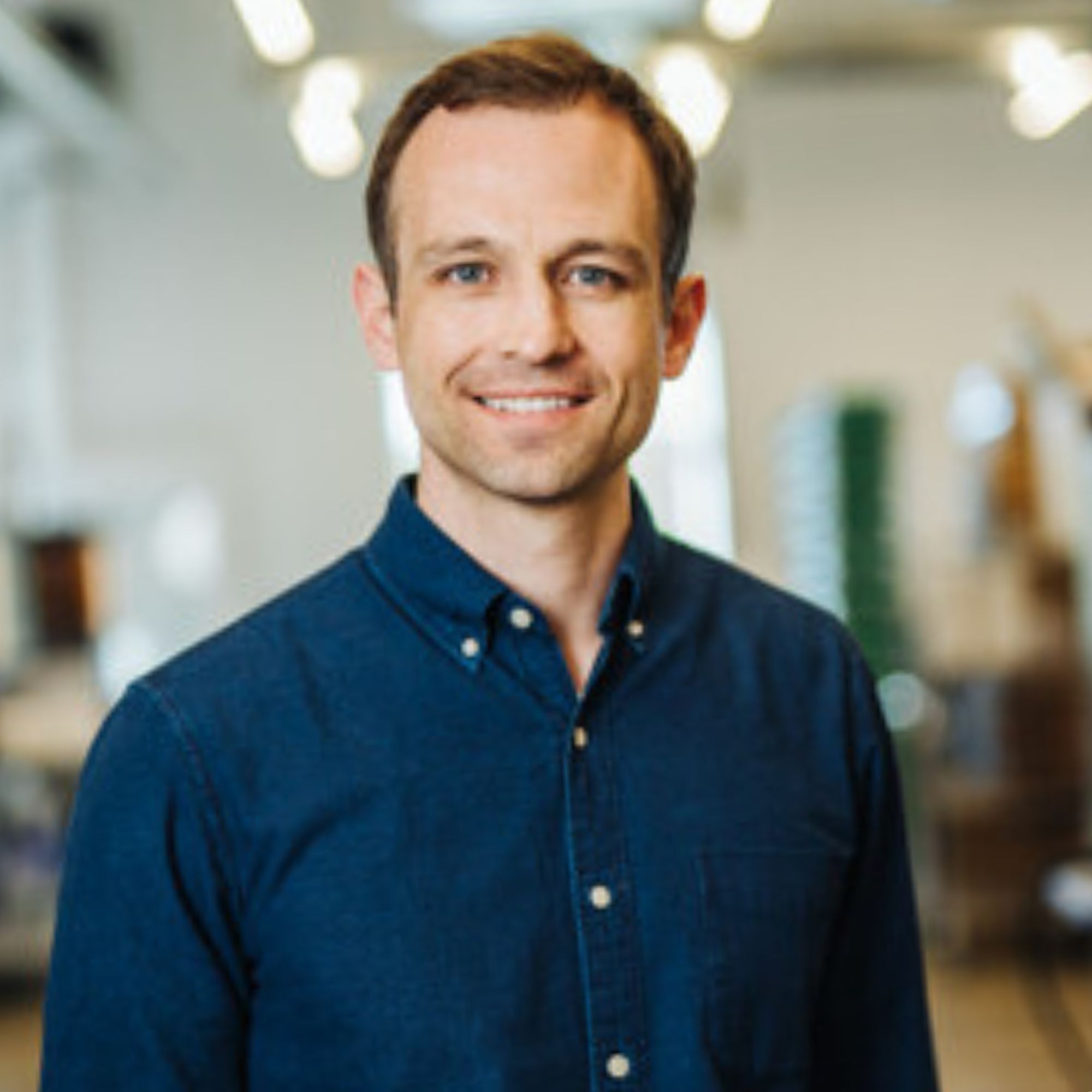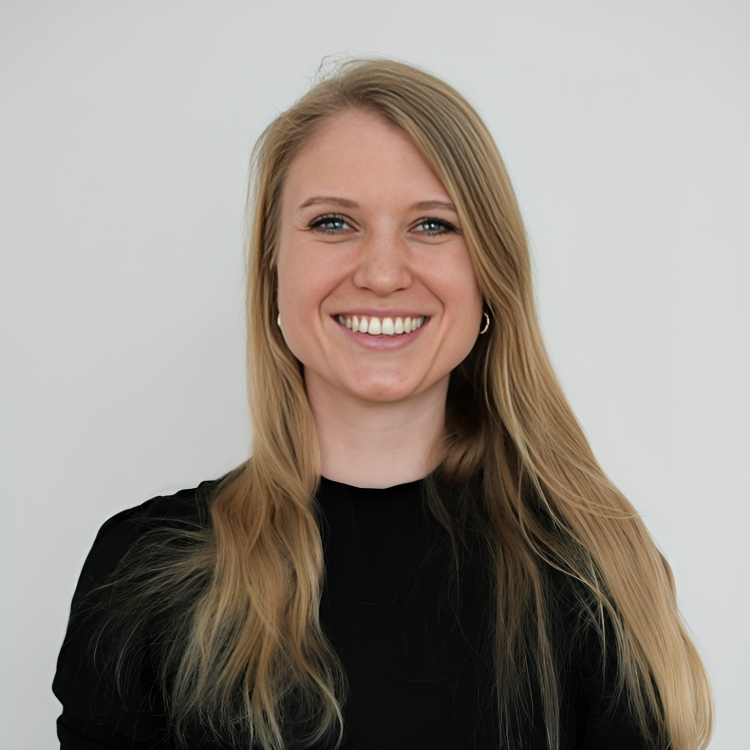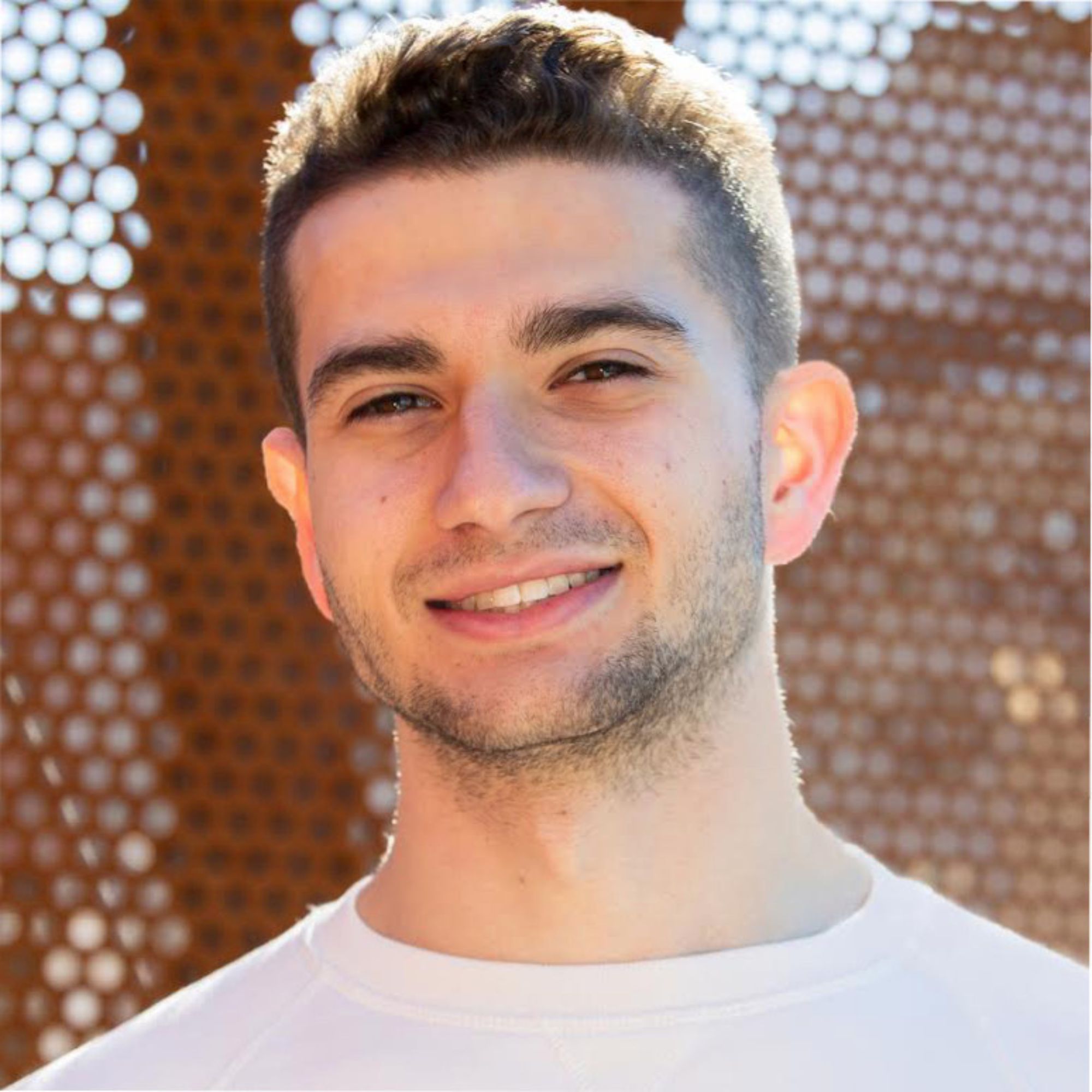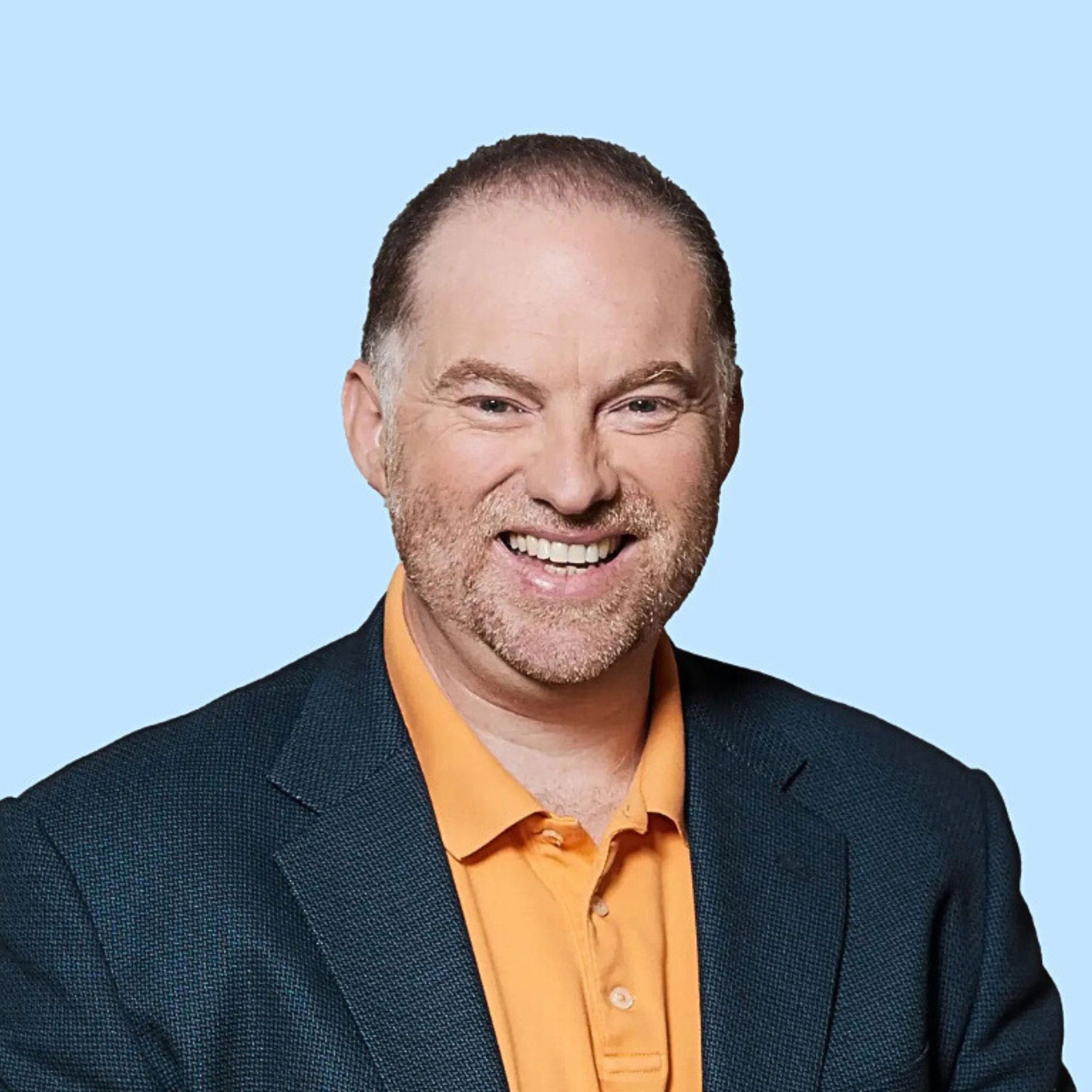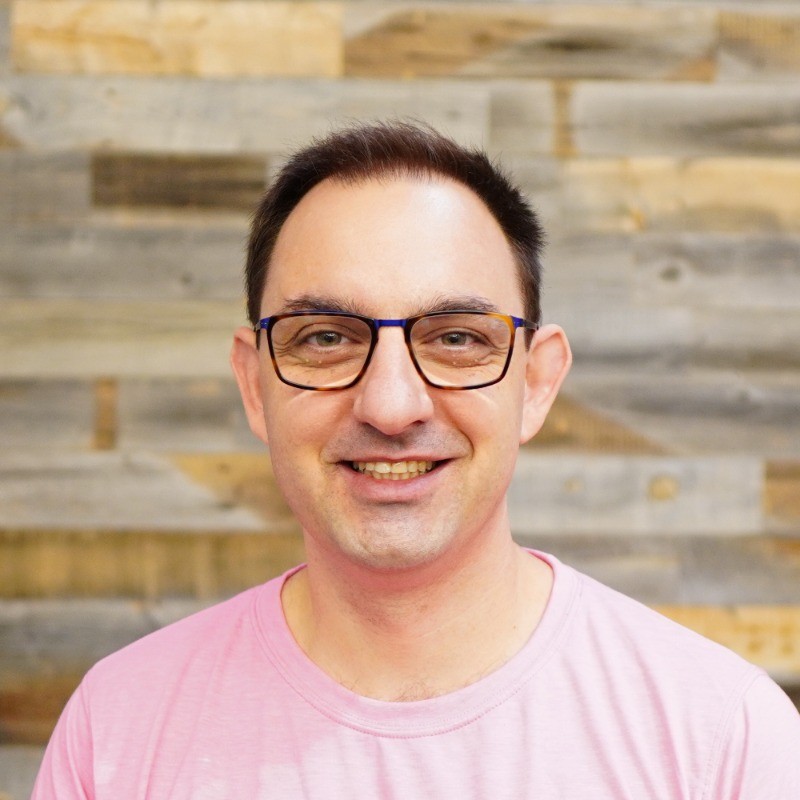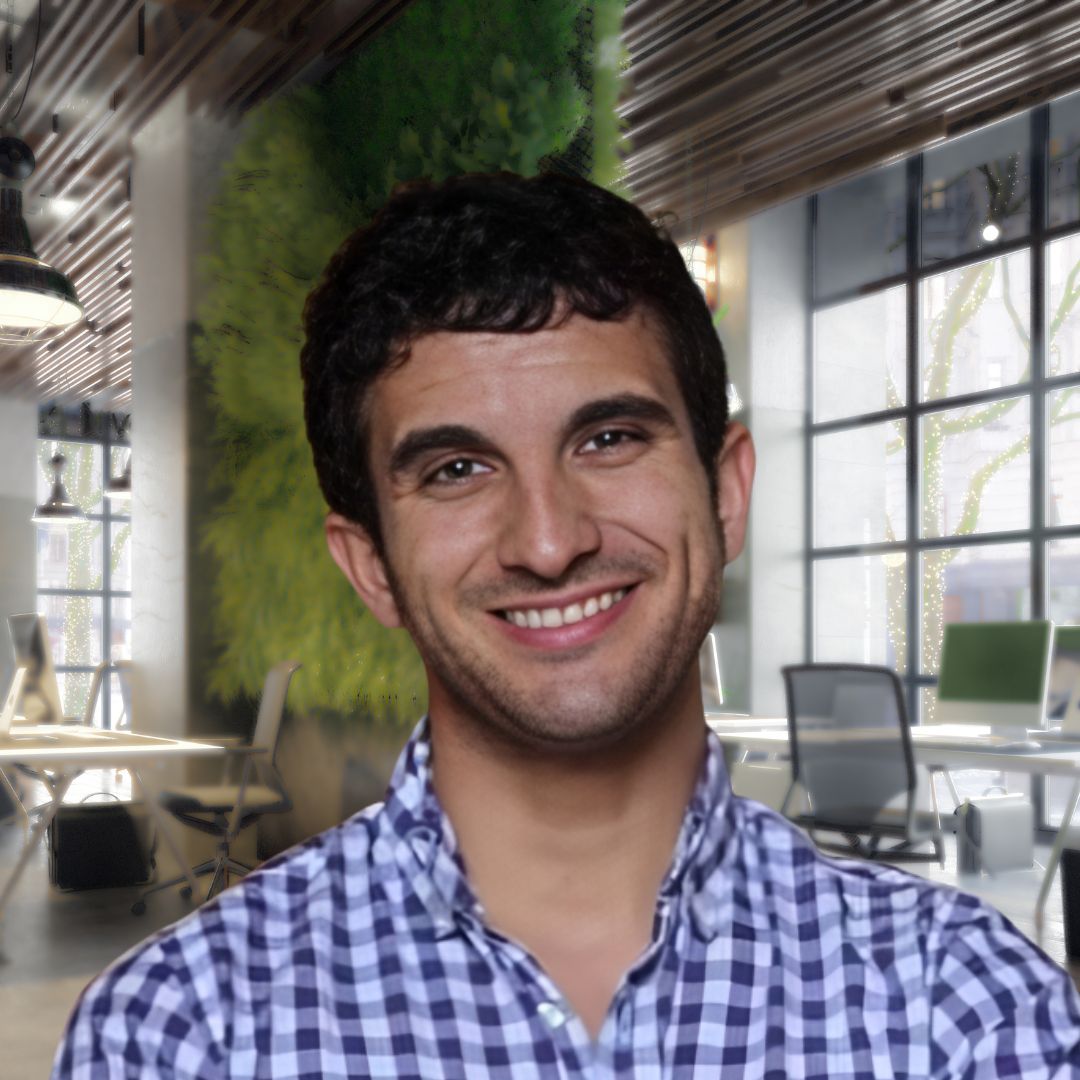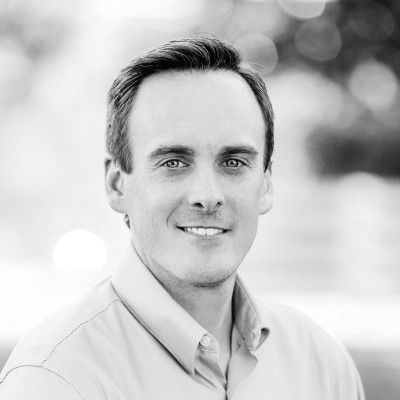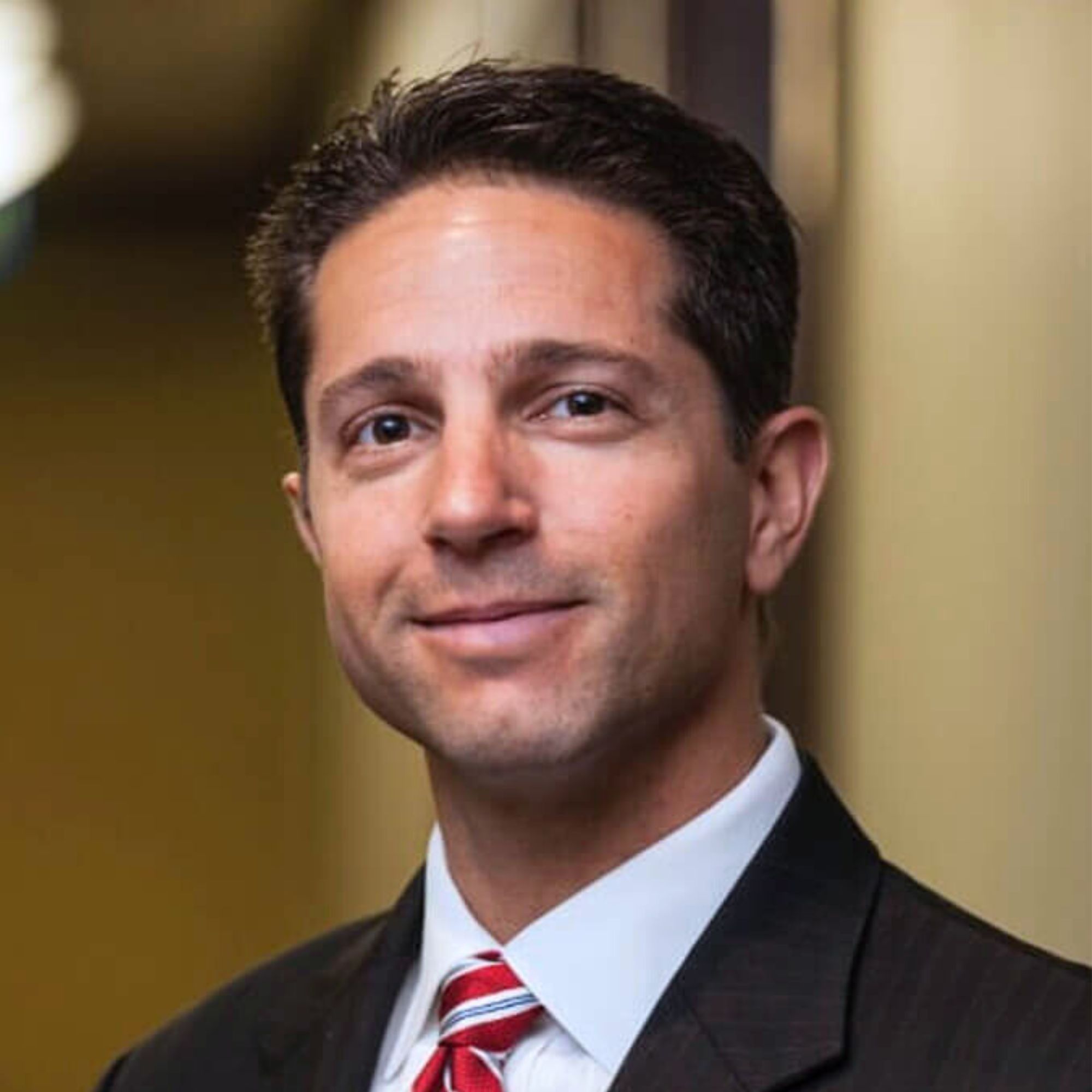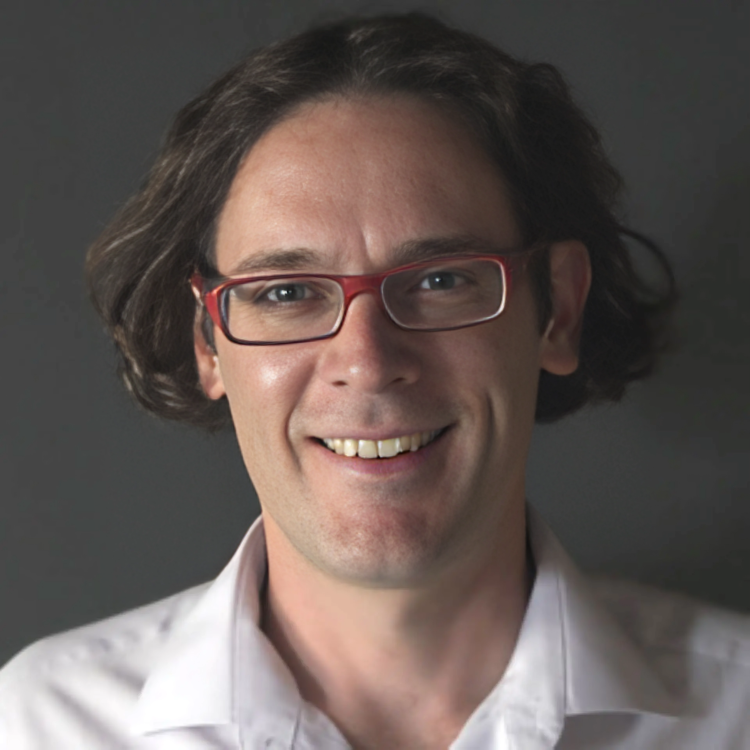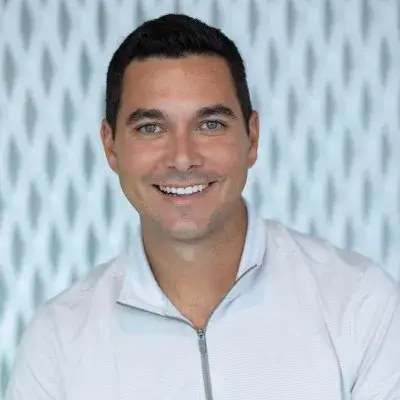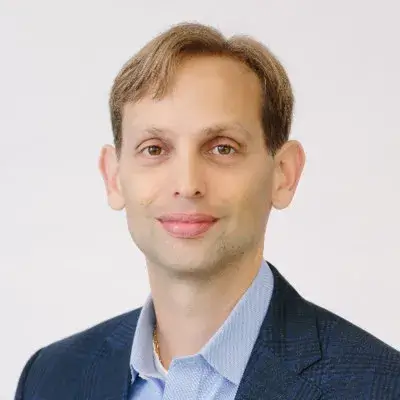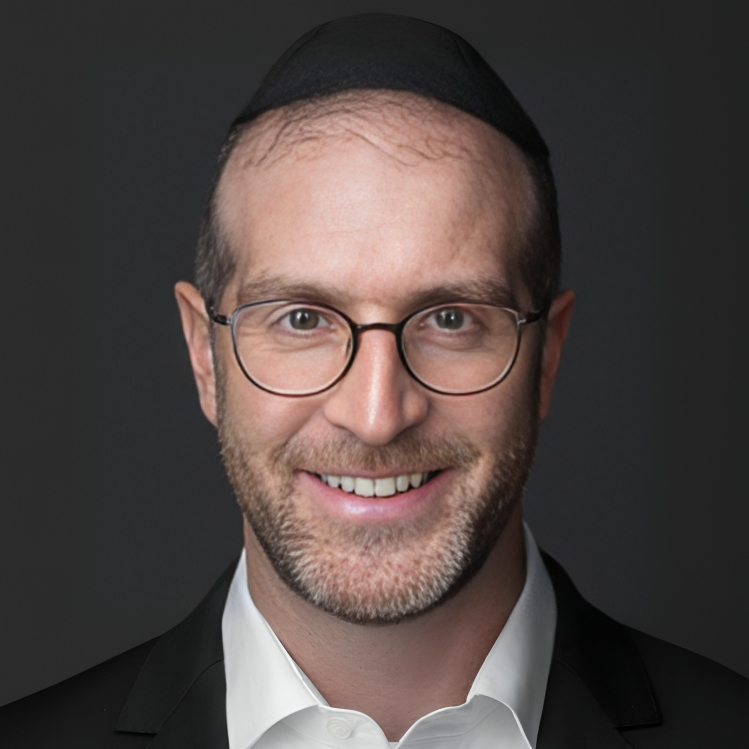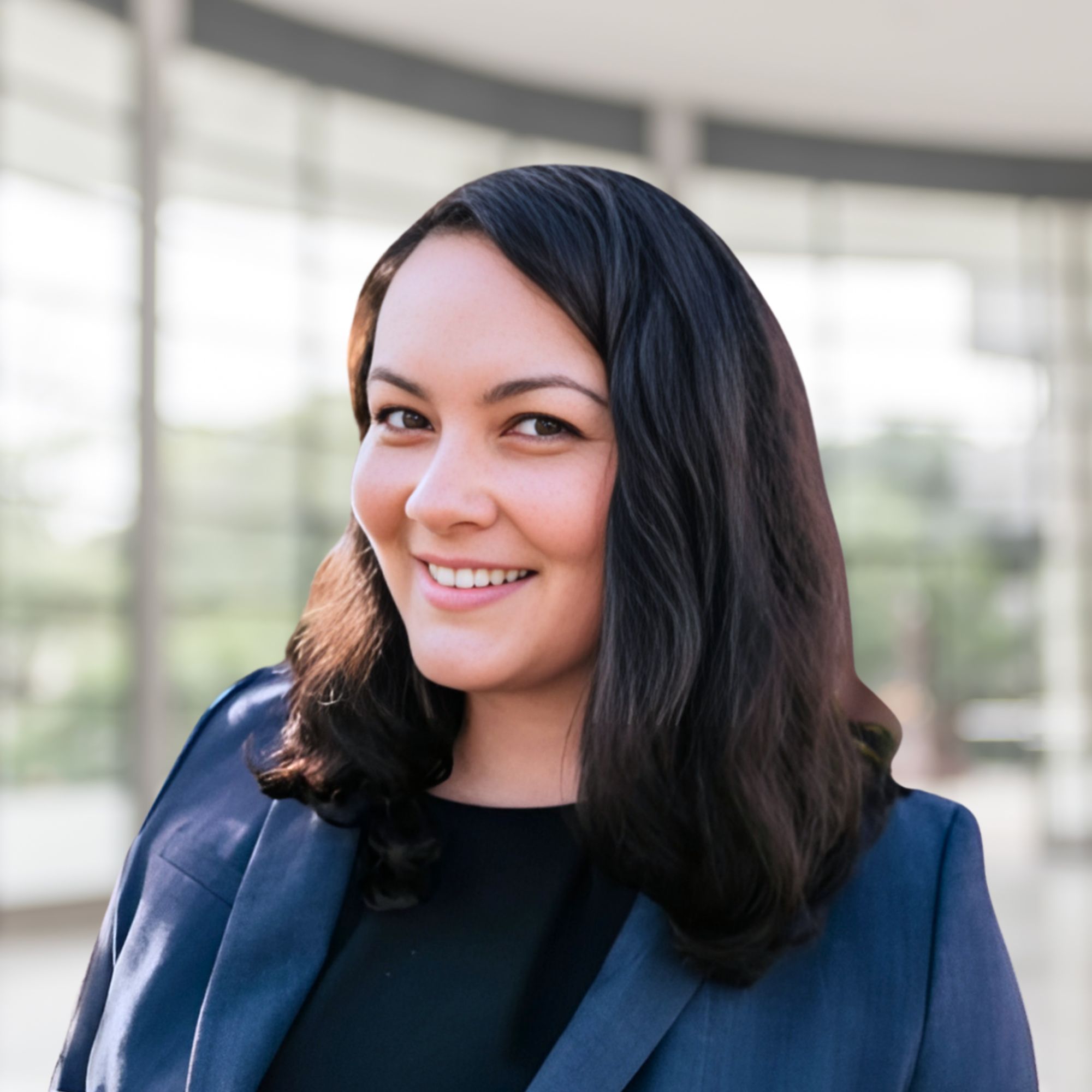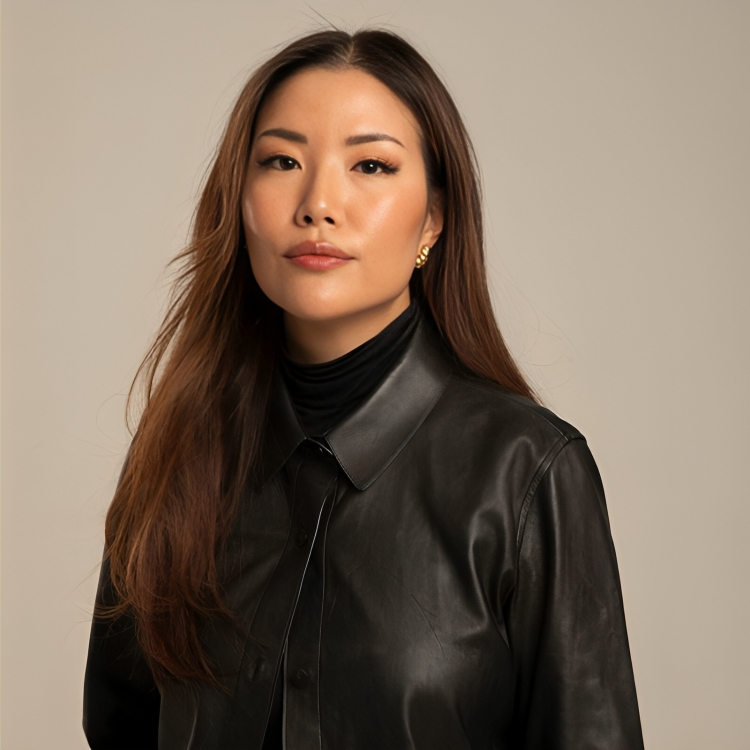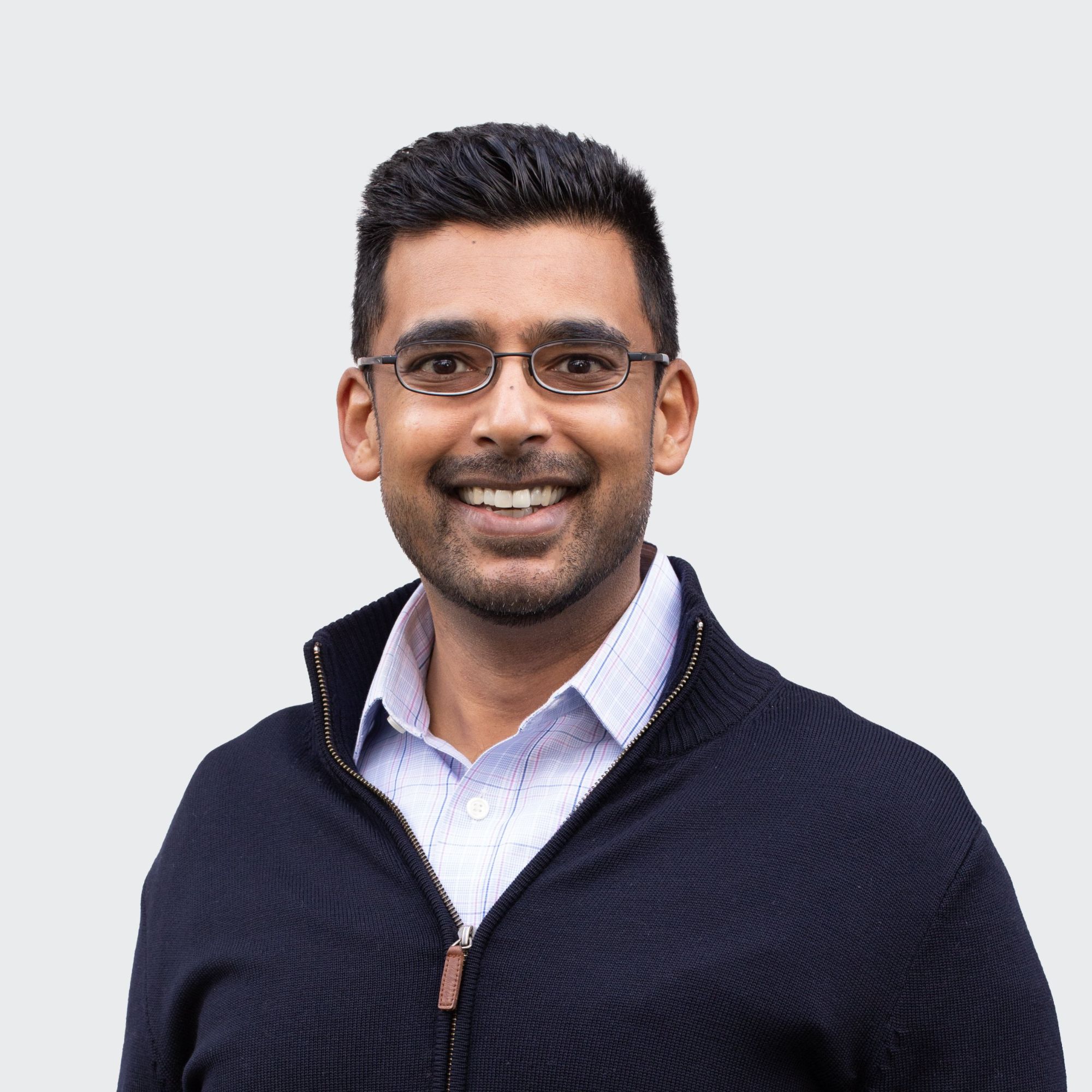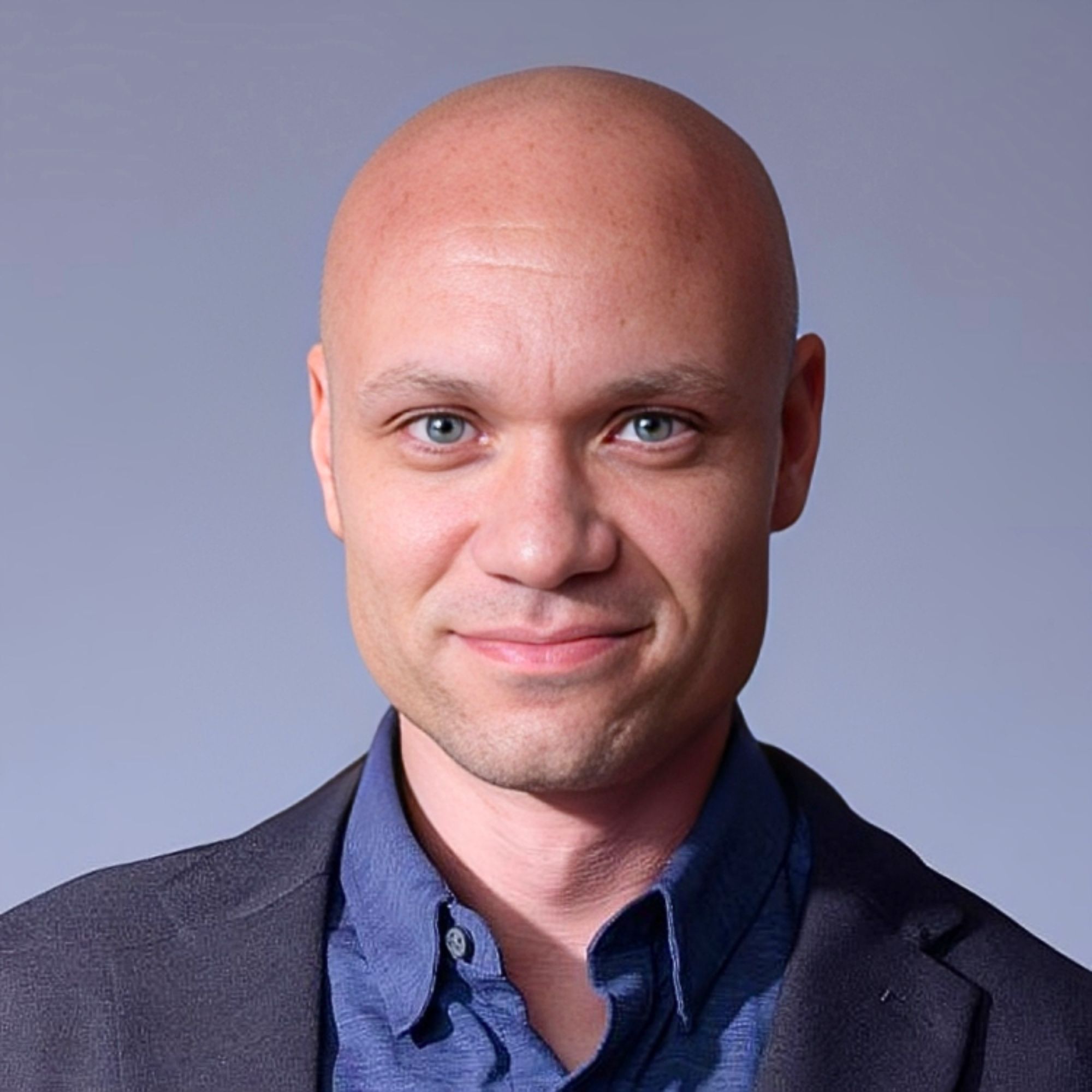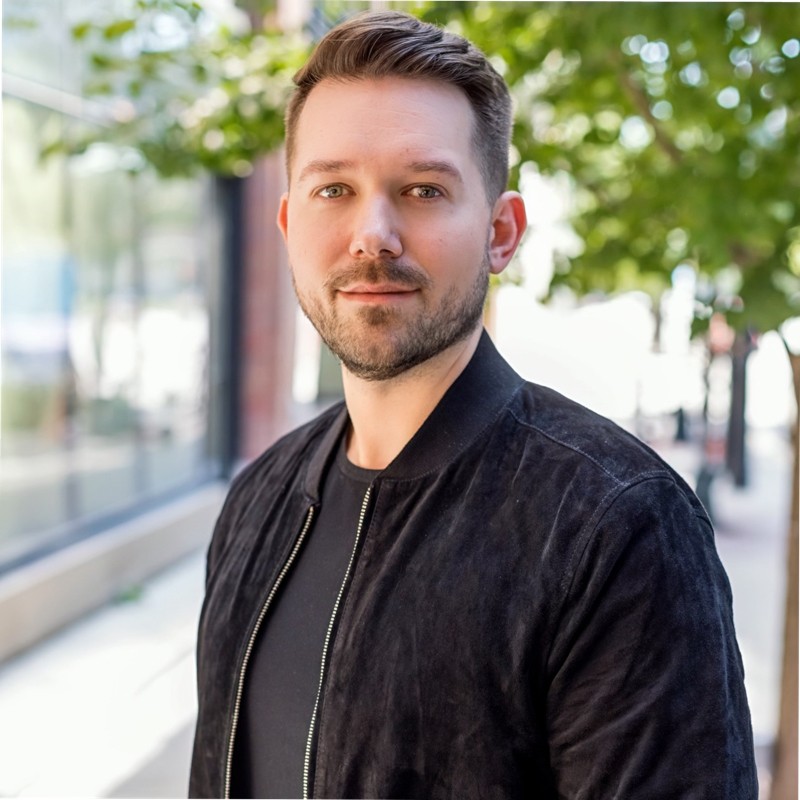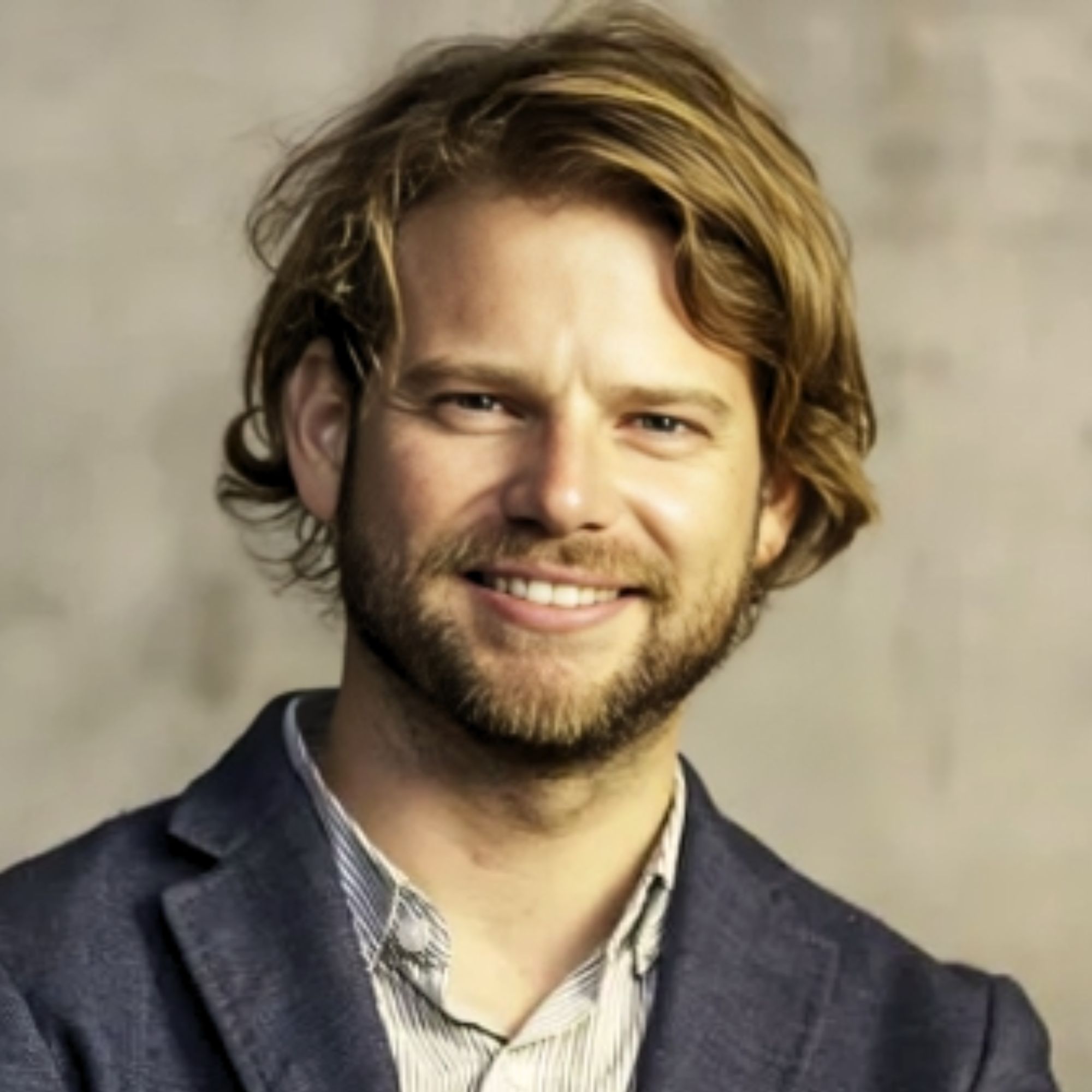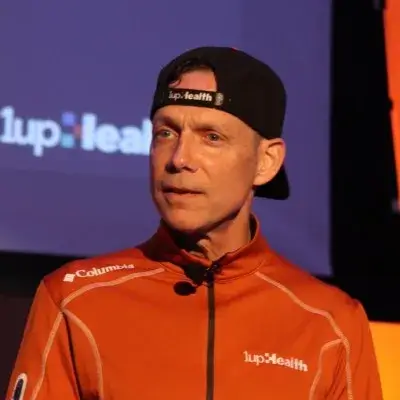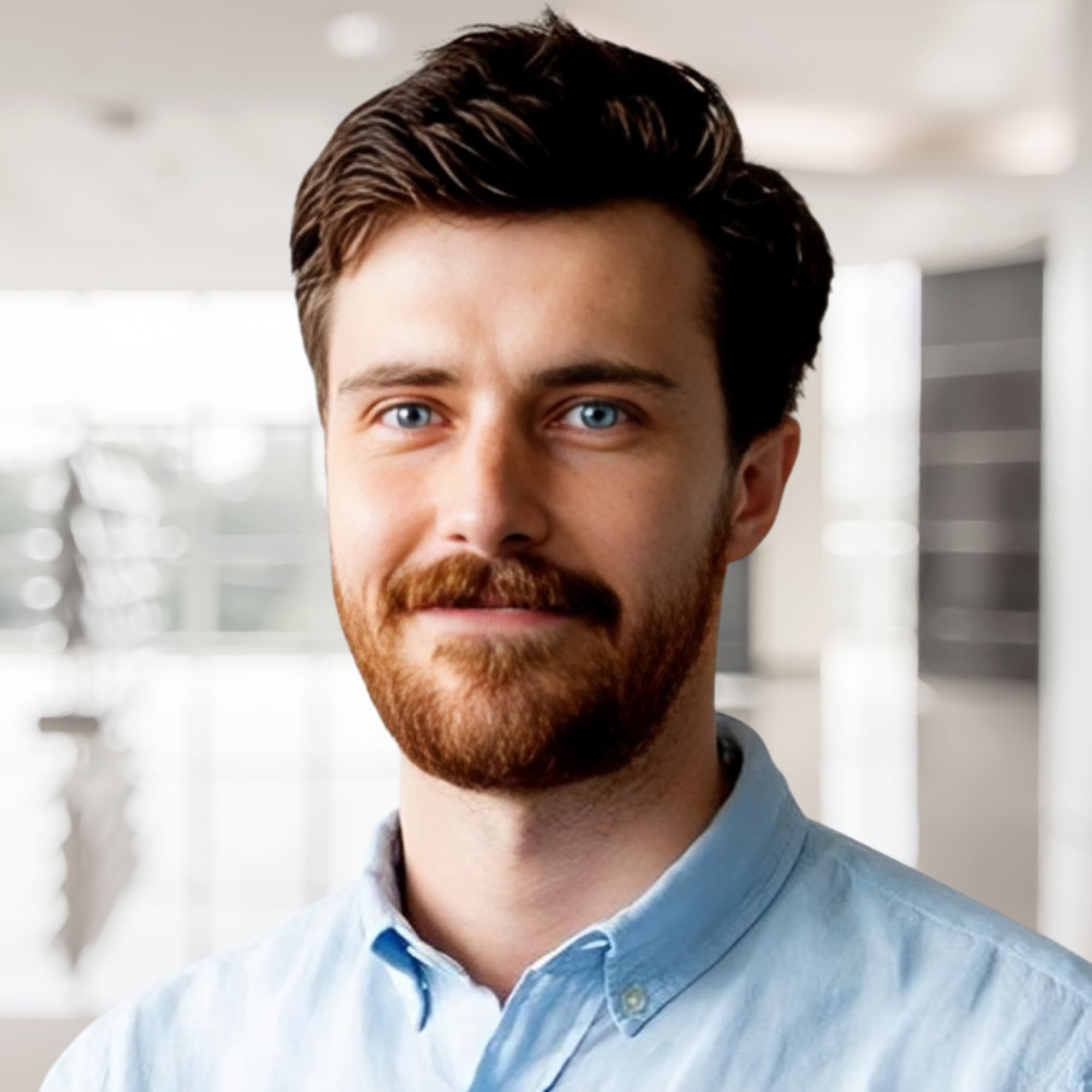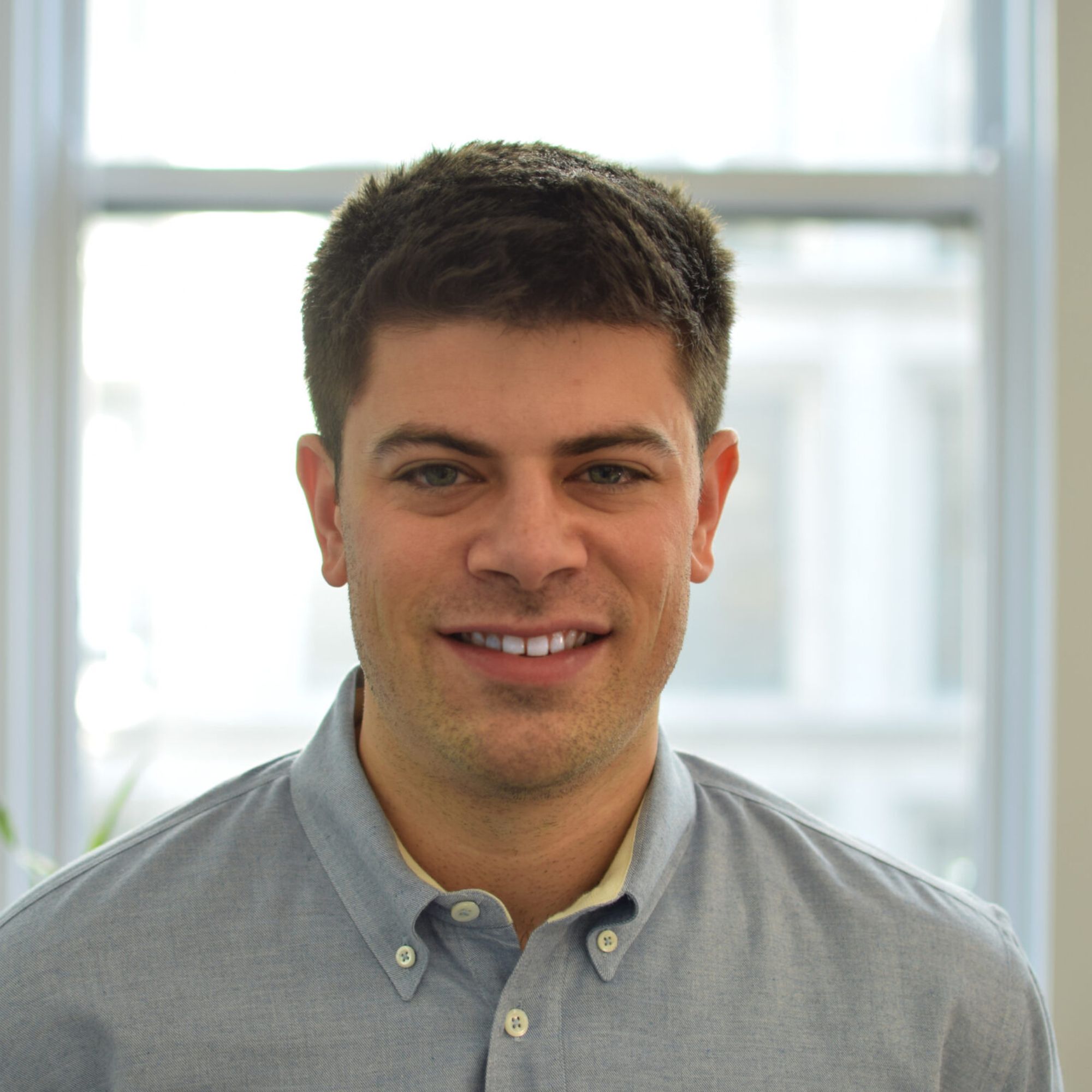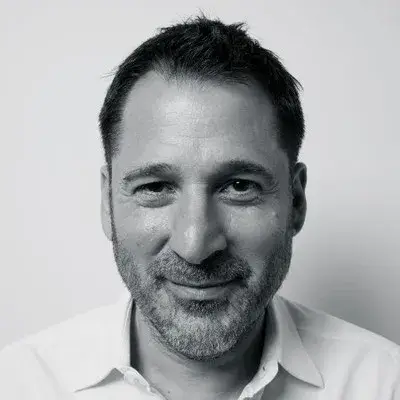Ready to build your own Founder-Led Growth engine? Book a Strategy Call
Frontlines.io | Where B2B Founders Talk GTM.
Strategic Communications Advisory For Visionary Founders
Actionable
Takeaways
Learn from competitive failures before choosing your market:
Cody observed companies spending "literally hundreds of millions of dollars" targeting dermatologists with similar devices, only to see them "commercially immediately fizzled out" within 2-4 years. Dermatologists, being experts, were confident in their existing processes and questioned why they needed additional tools. This competitive intelligence led DermaSensor to target primary care physicians who welcomed objective second opinions. B2B founders should study why similar solutions failed in adjacent markets and identify underserved segments where their value proposition resonates more strongly.
Align your commercial strategy with regulatory requirements years in advance:
Cody emphasized that you must "align your plan like your commercial plan with your study" and your FDA indication for use, determining "who's actually approved to use the device for what purpose." This planning must happen years before approval since clinical studies are designed around the intended commercial application. B2B founders in regulated industries should work backwards from their go-to-market strategy when designing regulatory pathways, ensuring clinical evidence supports their target market and use cases.
FDA clearance itself can be your biggest PR moment:
DermaSensor achieved coverage on ABC, NBC, CBS, Fox, Forbes, Reuters, and Time Magazine's Best Inventions list primarily because "the FDA clearance itself was so big" for a first-in-class device addressing "the most common cancer." They worked with only an independent PR consultant, not a major firm. B2B founders should recognize that major regulatory milestones, especially for novel technologies, inherently generate media interest and plan their launch communications accordingly.
Prioritize speed and simplicity when displacing manual processes:
The device works in "less than 30 seconds" from pickup to result, addressing primary care physicians who previously had to rely on visual assessment with minimal dermatology training (only "two to four hours of training in medical school"). The combination of speed, objectivity, and ease of use made adoption attractive to non-specialists. B2B founders should design solutions that are dramatically faster and more accurate than existing manual processes, especially when targeting users who lack specialized expertise.
Private practices adopt faster than health systems but both are essential:
Cody noted that "private practices, because they make decisions so quickly" with "one or two doctors that run the practice" were able to rapidly adopt the technology. However, health systems provide validation and scale. The company focused on building "that whole ecosystem" where "health systems using a private practice, using it. Dermatologists are aware of it." B2B founders should sequence their go-to-market to capture quick wins from agile smaller customers while simultaneously pursuing enterprise accounts for long-term growth and market credibility.
Conversation
Highlights
When Competitors Fail, Smart Founders Take Notes: How DermaSensor Used $100M+ in Market Failures to Build Their FDA Strategy
Most medical device startups chase the obvious customers. DermaSensor did the opposite—and it changed everything.
In a recent episode of Category Visionaries, Cody Simmons, CEO of DermaSensor, revealed how watching competitors burn through hundreds of millions of dollars shaped their entire go-to-market strategy. After eight years and $27 million in R&D, DermaSensor became the first company to receive FDA clearance for an AI-powered skin cancer detection device designed specifically for primary care physicians.
The story begins not with DermaSensor’s success, but with understanding why similar companies failed spectacularly.
The $100 Million Lesson Hidden in Plain Sight
When Cody joined DermaSensor in 2014, the technology already existed in rough form—massive 30-pound devices developed at Boston University that could detect skin cancer using spectroscopy. But turning laboratory research into a commercial medical device would require navigating both technical miniaturization and FDA approval.
As they planned their market approach, Cody observed something crucial: other companies with similar spectroscopy-based devices were struggling. “There’s two similar devices that were approved just for dermatologists, just for melanoma,” he explained. “Some companies have spent literally hundreds of millions of dollars going after that and at all. There’s a lot of buzz and excitement and then commercially immediately fizzled out and nosed out immediately within I don’t know, two to four years, something like that.”
This wasn’t just one company failing—it was a pattern. Multiple well-funded startups with promising technology were crashing against the same market reality.
The reason became clear when Cody analyzed the fundamental problem: dermatologists didn’t want the help. “Dermatologists by definition they’re the experts, they’re specialized in this. They’re typically quite confident in how do they want to manage lesions because they are the experts and the clinical gold standard is, you know, you do a biopsy and you get the definitive diagnosis.”
Instead of fighting this reality, DermaSensor made a counterintuitive decision: they would target primary care physicians instead.
Going Upstream: Finding the Underserved Market
The insight was elegant in its simplicity. While dermatologists had extensive training and confidence in skin cancer assessment, primary care physicians operated with significant limitations. “Most non dermatologists just receive two to four hours of training in medical school on how to assess suspicious lesions. Whereas dermatologists, you know, hundreds or thousands of hours of experience.”
This training gap created a real problem in healthcare. “You’ve never been able to ask your family doctor, internal medicine, obgyn. Hey, what do you think about this mole? You know, is this maybe concerning for skin cancer? Should I go see a dermatologist and they actually scan it or test it for skin cancer? That’s just never been possible.”
The current standard was inadequate: “The standard of care today has been they eyeball it, they visually assess it and by definition they’re not specialists, they’re not expert in doing so.”
Primary care physicians welcomed objective assistance. As Cody recalled from early market research: “That was a lot of the early discussions I had, you know, eight, nine years ago. He’s like, oh yeah, if I could pick up a device and easily get an opinion on what to do, that’d be great. Whereas dermatologists, like, well, why would I need that? I already know what to do and you know, I’m already expert at this. How is something going to make me better?”
Aligning Clinical Strategy with Commercial Reality
Understanding their target market shaped every aspect of DermaSensor’s development, including their approach to FDA approval. The regulatory process for medical devices requires aligning clinical studies with intended commercial use from the beginning.
“You have to align your plan like your commercial plan with your study. It’s called your indication for use, like who’s actually approved to use the device for what purpose,” Cody explained. “So you have to do a lot of that work years in advance.”
This foresight proved crucial. Rather than conducting expensive clinical trials designed for dermatologist use (like their failed competitors), DermaSensor designed studies specifically for primary care applications. The device needed to work for physicians with minimal dermatology training, which influenced everything from the user interface to the speed of results.
The technical requirements were demanding. The device had to deliver results in “less than 30 seconds” from pickup to diagnosis, making it practical for busy primary care visits. It also needed to match the accuracy of dermatologist assessments—a claim they validated through clinical studies showing “the device is as accurate as in person dermatologist assessments for a given suspicious lesion.”
The FDA Gauntlet: 10,000 Pages and Counting
The path to FDA clearance tested every aspect of DermaSensor’s preparation. The process ultimately required “over 10,000 pages” of documentation across “six clinical studies, two non clinical studies” and involved “five pre signature meetings” with the FDA.
For Cody personally, the final push was brutal. “I was working at the end a hundred plus hour weeks. I got shingles during that,” he recalled. The stress was compounded by FDA timelines that left no room for delays.
The clearance finally came on January 12, 2024, during the JP Morgan healthcare conference in San Francisco. “I remember with the FDA team, I was like, yeah, I’m supposed to fly out tomorrow. But they’re like, change up. Like there was many back and forth and calls with some FDA leadership up until, you know, an hour before we received the letter.”
When Regulatory Wins Drive Organic Growth
The FDA clearance itself became DermaSensor’s biggest marketing moment. “I think honestly, just the FDA clearance itself was so big, just the nature of the device. Skin cancer is the most common cancer. There’s never been a tool like this,” Cody explained.
The media response was immediate and extensive: “We were on segments with abc, NBC, cbs, Fox, covered in Forbes, Reuters, stat. And then at the end of the year, at the end of 2024, we’re on time magazine best inventions of the year list, Fast company, next big thing in tech.”
Remarkably, this coverage happened without major PR investment. “We did work with the PR firm, just kind of independent consultant to help with some stuff. But yeah, I think the FDA clearance itself really ended up grabbing a lot of attention.”
Commercial Traction: Speed vs. Scale
With FDA clearance achieved, DermaSensor’s market strategy played out exactly as planned. Private practices adopted quickly while health systems moved more methodically.
“Private practices, because they make decisions so quickly, you know, it’s one or two doctors that run the practice like oh this looks great clinically makes sense, financially makes sense, we’ll sign up,” Cody observed. “That’s really been exciting how quickly hundreds of private practices have already come on board. Just a year.”
Health systems required longer sales cycles but offered validation and scale. “We have several health systems as customers already do in our first year,” with “two of them are actually in the process of contracting to the largest health systems in the country.”
The ecosystem approach proved essential. Health systems, private practices, and dermatologists needed to work together seamlessly. “You kind of have that whole ecosystem. You have health systems using a private practice, using it. Dermatologists are aware of it. They know what to do when they get a patient with a high risk result.”
The Fundraising Reality Check
Throughout the journey, DermaSensor raised $36 million in funding. For Cody, the fundraising process reinforced the importance of adaptability over stubbornness.
“I think a lot of founders kind of like, this is my plan, I’m doing it. And it’s like, well, the investors you’re talking to, A, they typically know their stuff, that’s why they’re investors in this space. And they see tons of different companies and the challenges.”
More importantly, he emphasized the practical reality: “If you can’t raise money, your company’s not going to exist anyway. So you can be as hard headed as you want about, well, here’s my plan. But if no one actually invests in it to support you bringing it to market, then you have no company and product.”
Looking Forward: Building the Foundation for Scale
Today, DermaSensor’s focus remains on commercial execution. “For us, really, the main focus is scaling sales,” Cody explained. The company is pursuing both enterprise health systems and continued private practice adoption while exploring “channel partnerships to help expand sales versus our, you know, have a six person sales team.”
The competitive intelligence that shaped their early strategy continues to inform their approach. By choosing primary care over dermatology, designing for simplicity over sophistication, and building clinical evidence around their actual target users, DermaSensor avoided the expensive mistakes that sank their predecessors.
Their success demonstrates a crucial lesson for B2B founders: sometimes the best market strategy isn’t about finding the biggest opportunity, but about learning from others’ failures to find the right opportunity. When competitors have already proven what doesn’t work, smart founders take notes—and build something different.

